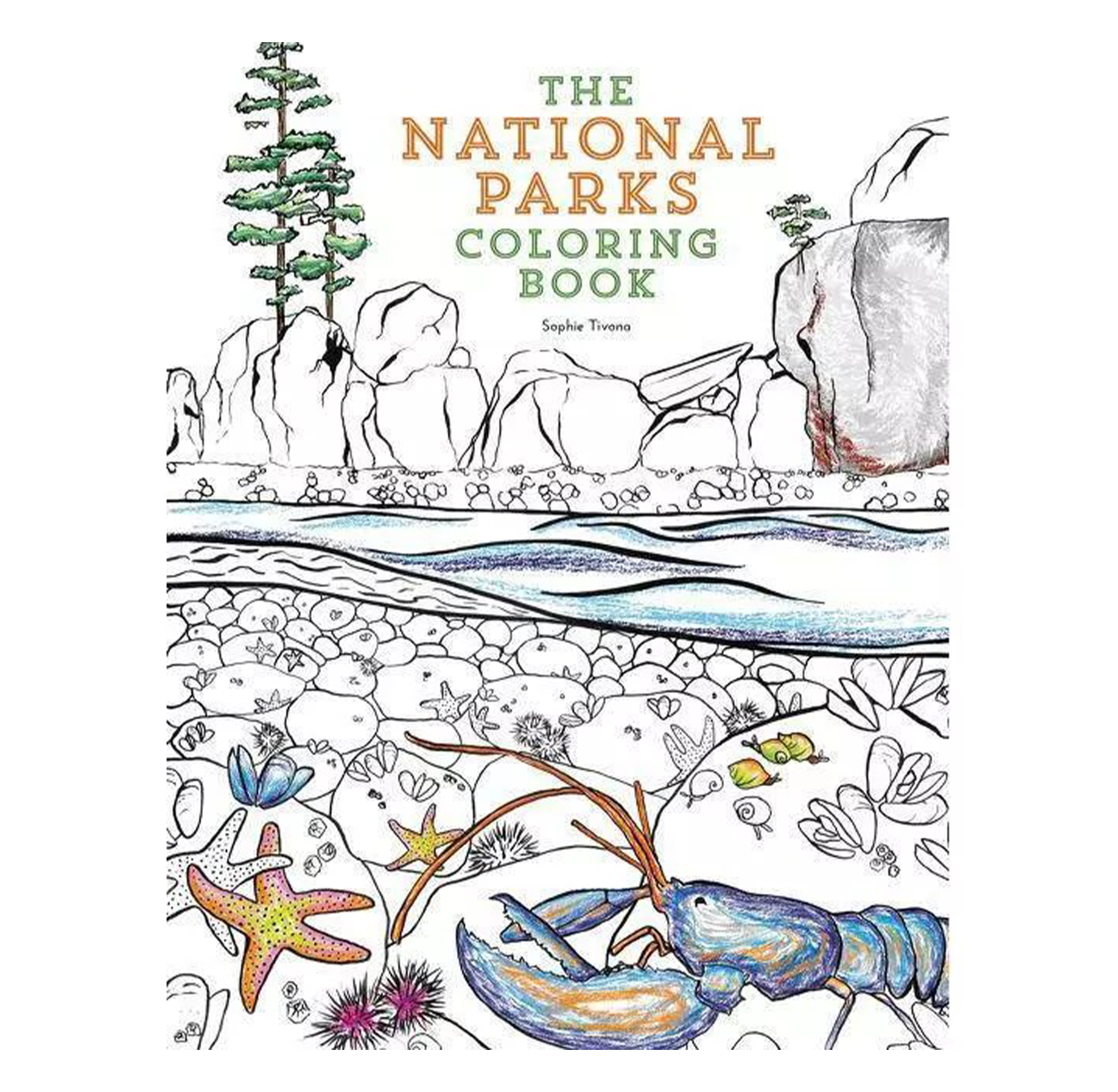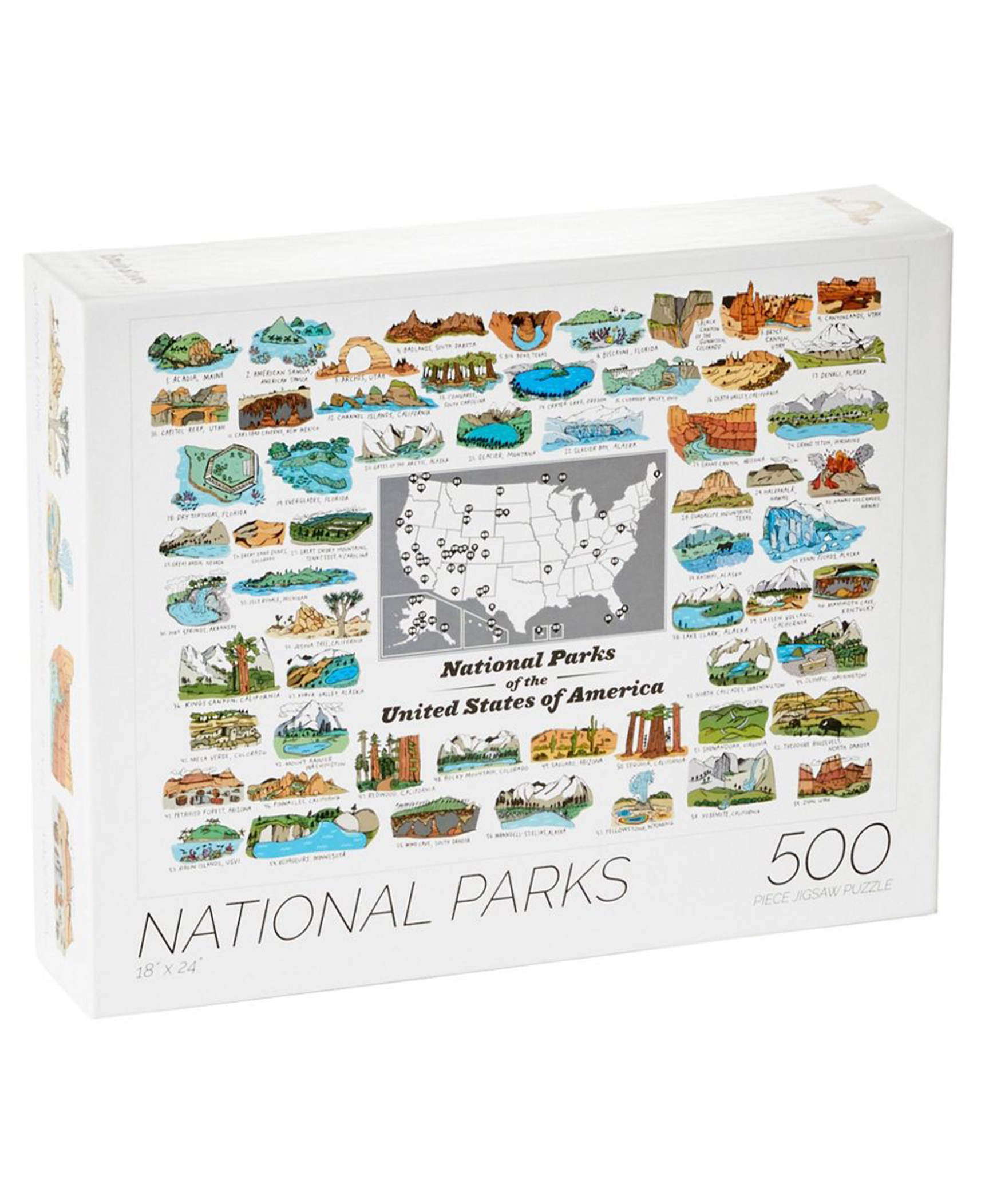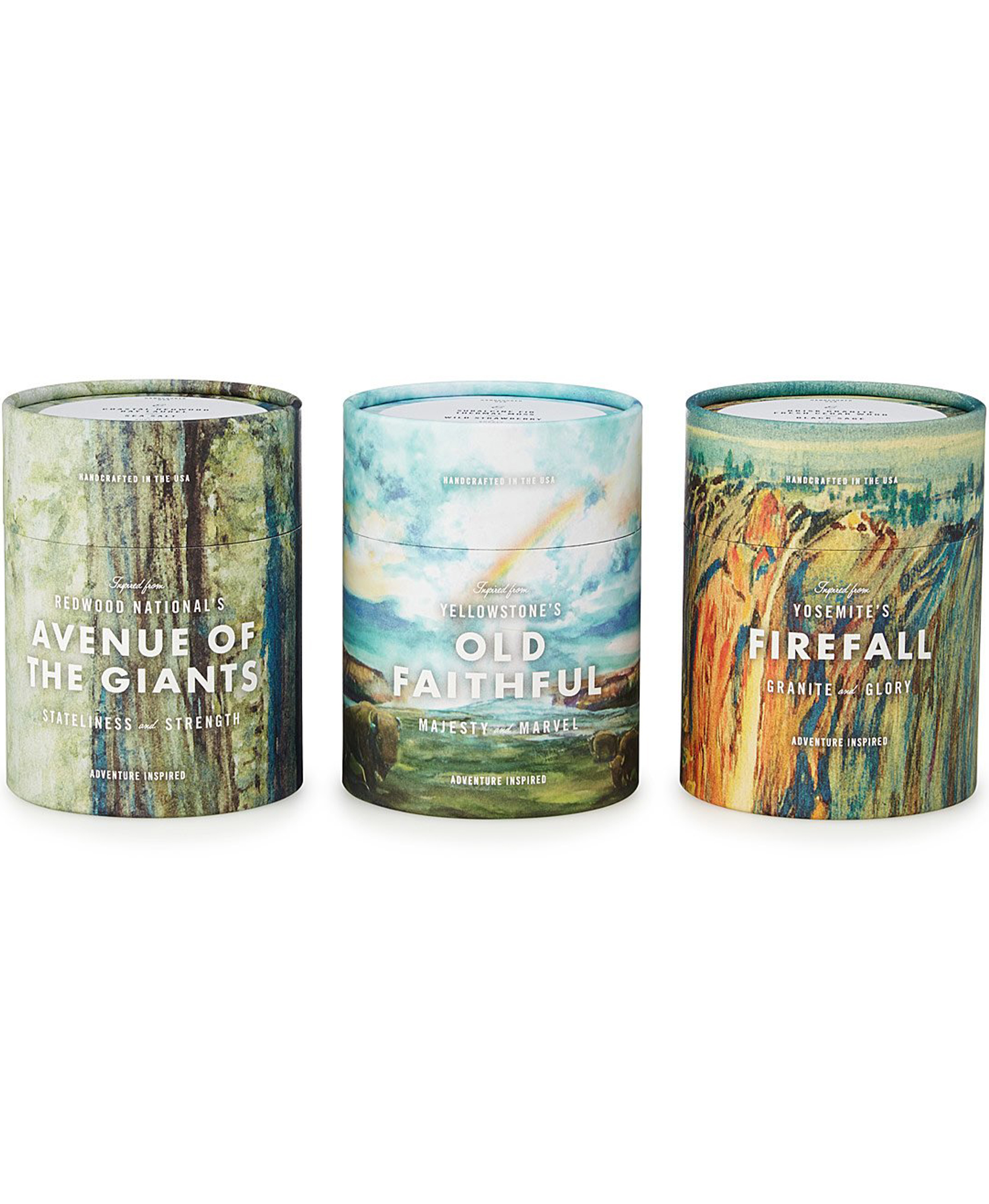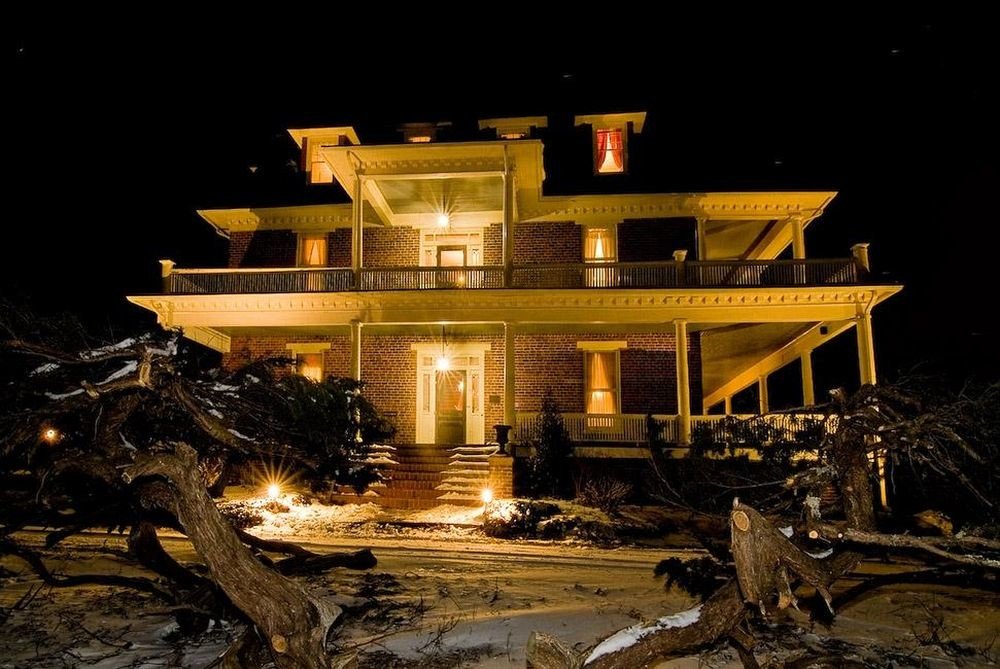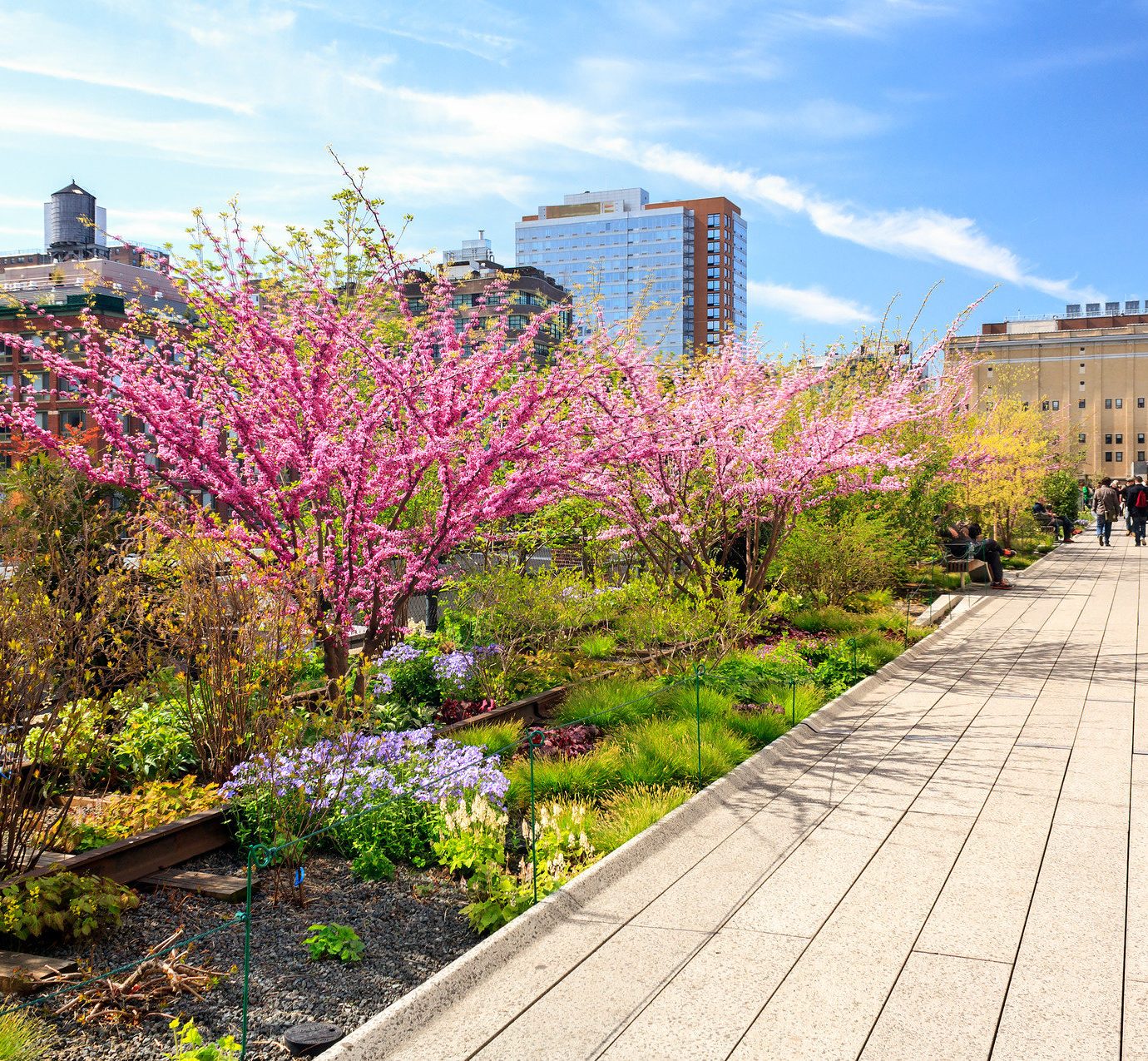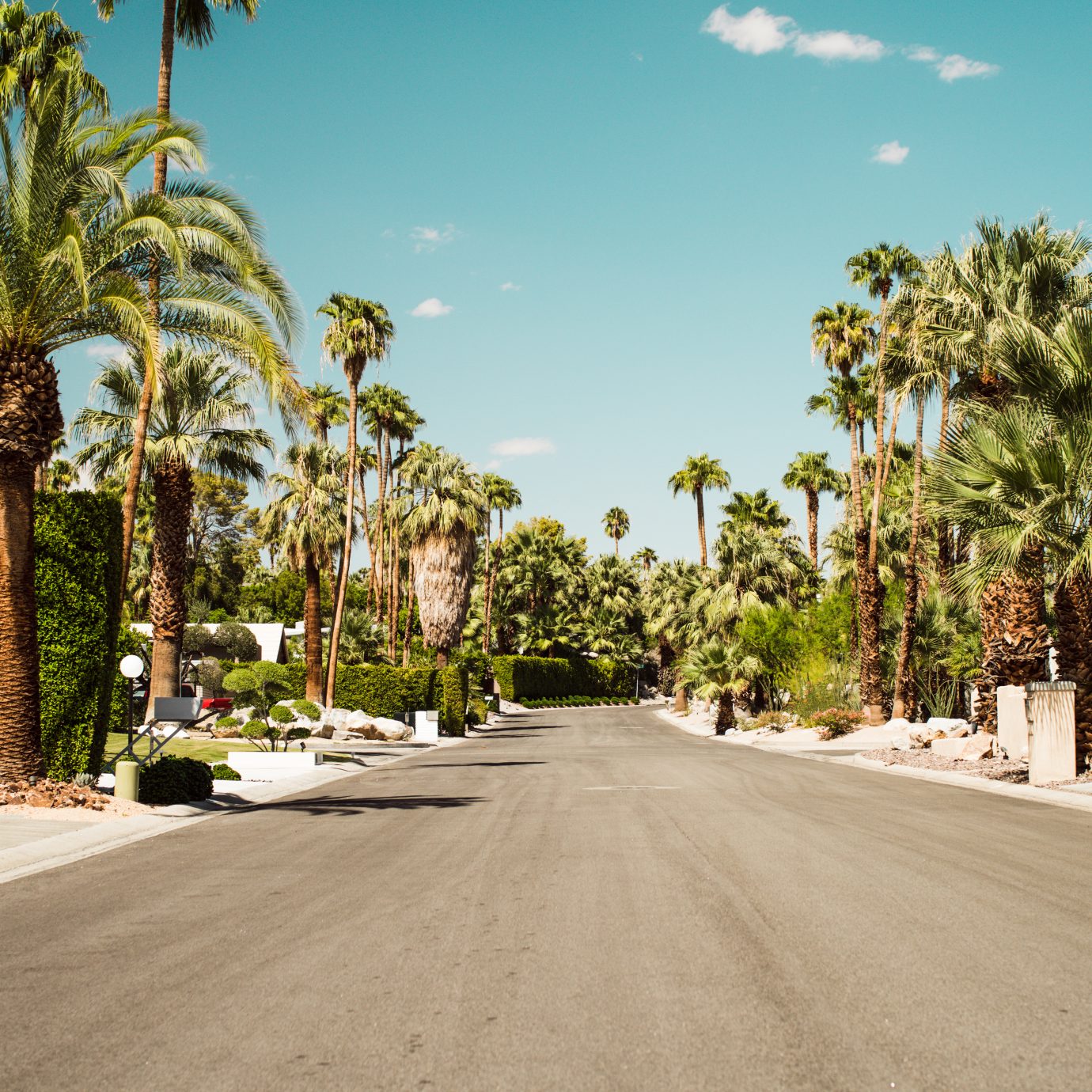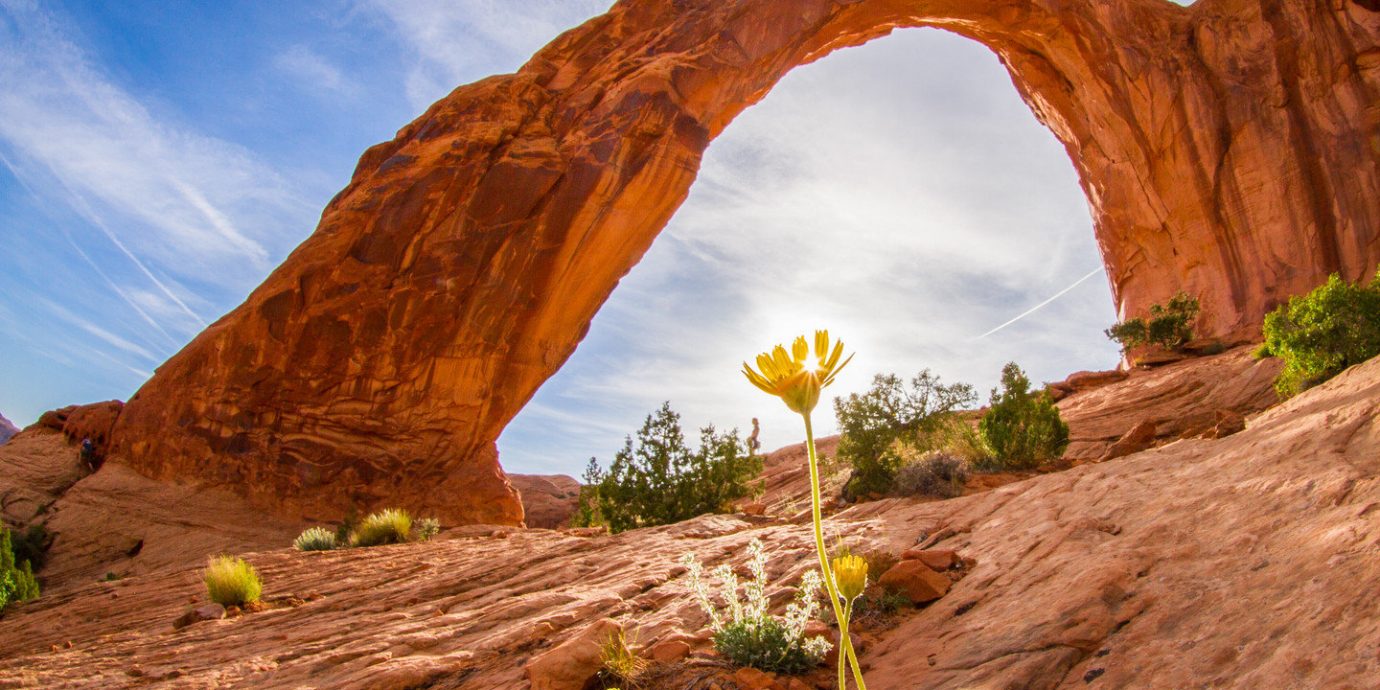
America’s 10 Best National Parks Worth Visiting
When President Ulysses S. Grant signed Yellowstone into law as America’s first-ever national park, it set in motion one of the country's greatest movements—the protection and conservation of its most beautiful and vulnerable natural landscapes. While seeing every one of America's 62 parks could take a lifetime, there are some you simply have to experience at least once in yours. Here, 10 best national parks worth visiting.
Editor's Note: Opening/closing times at national parks are in constant flux due to the ongoing COVID-19 pandemic, and some parks are now closed entirely. Please check the National Park Service website for more details and information on specific park access. All hotels and visitor centers are currently closed.
Senior Editor, Jetsetter | @lindseytravels | lindseytravels.com
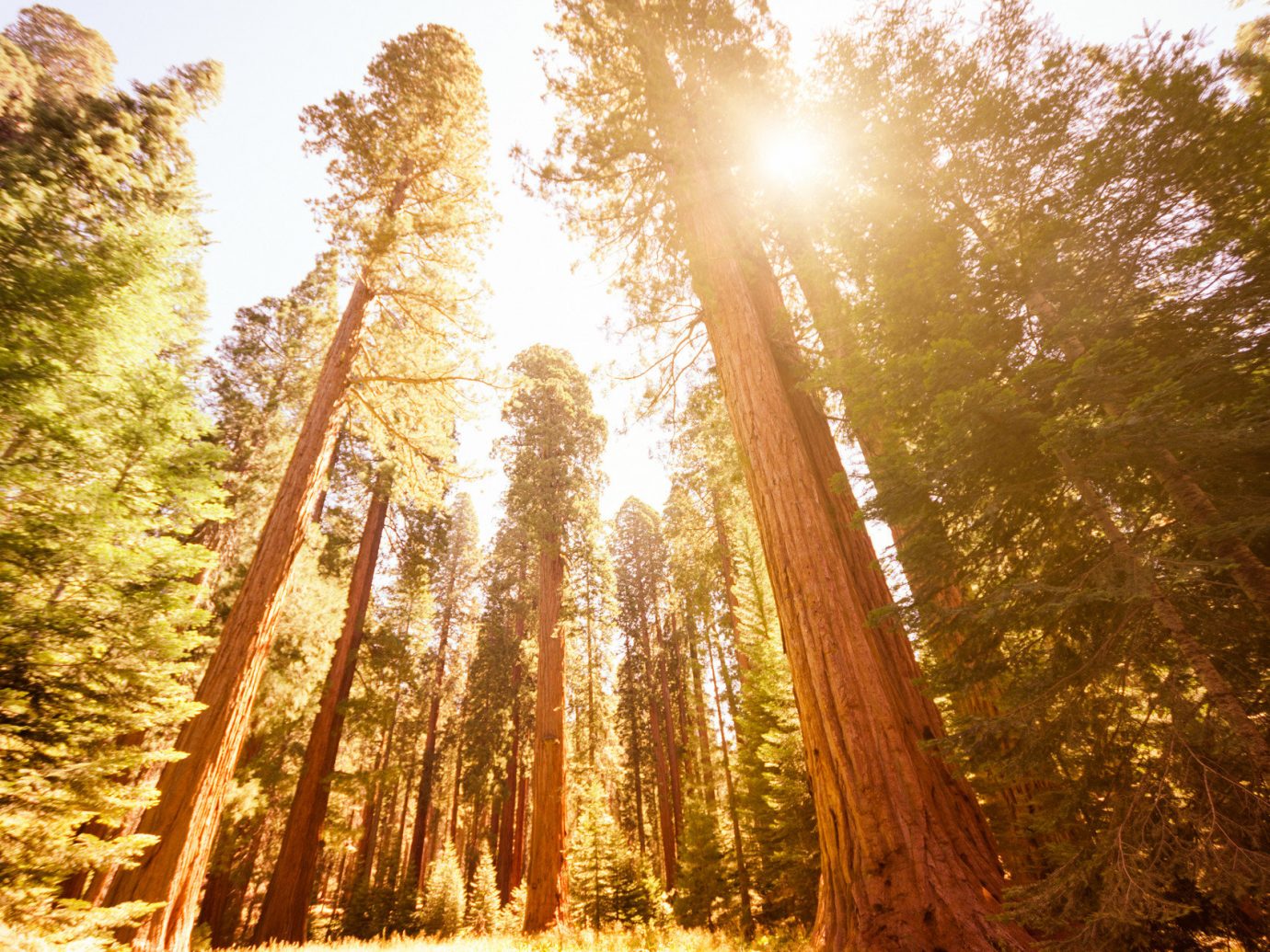
Sequoia and Kings Canyon National Park
The Giant Forest inside California’s Sequoia and Kings Canyon National Park is something you have to witness firsthand, because the scope of it (it’s home to half the planet’s largest and longest-living trees) is often beyond comprehension. Walk among the towering sequoias, redwood, spruce, and Douglas fir, some of which can grow up upwards of 300 feet high. It’ll be difficult to miss General Sherman, not only because of its size (at 275 feet high and 100 feet wide at its base, it’s the world’s largest living organism) but because of the crowds that come just to see it. It’s worth sharing the space to witness this 2,100-year-old King of the Forest.
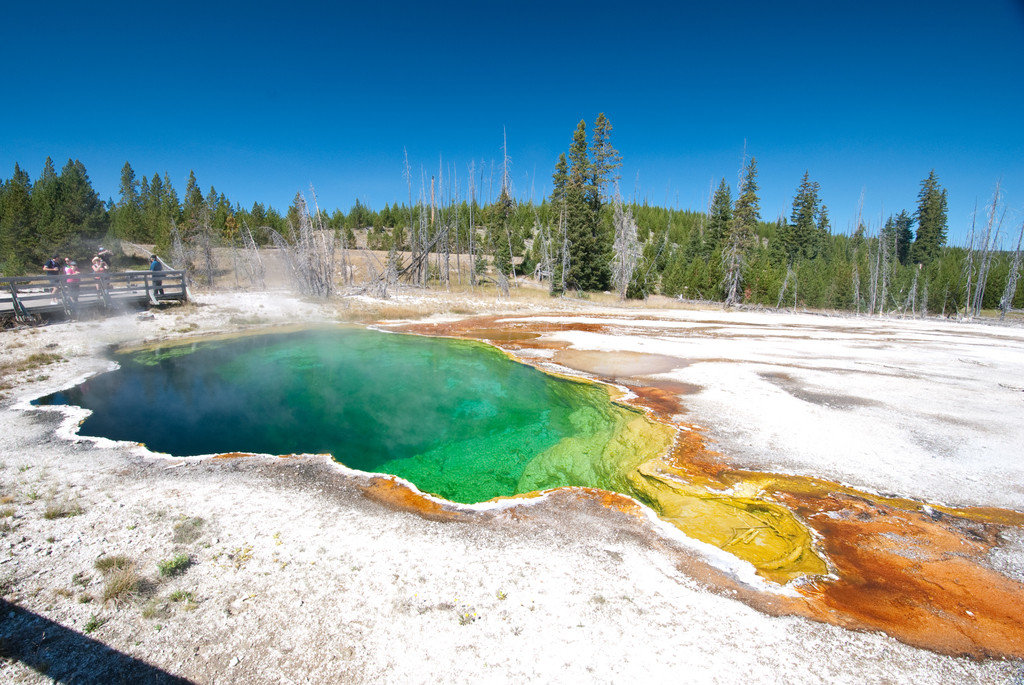
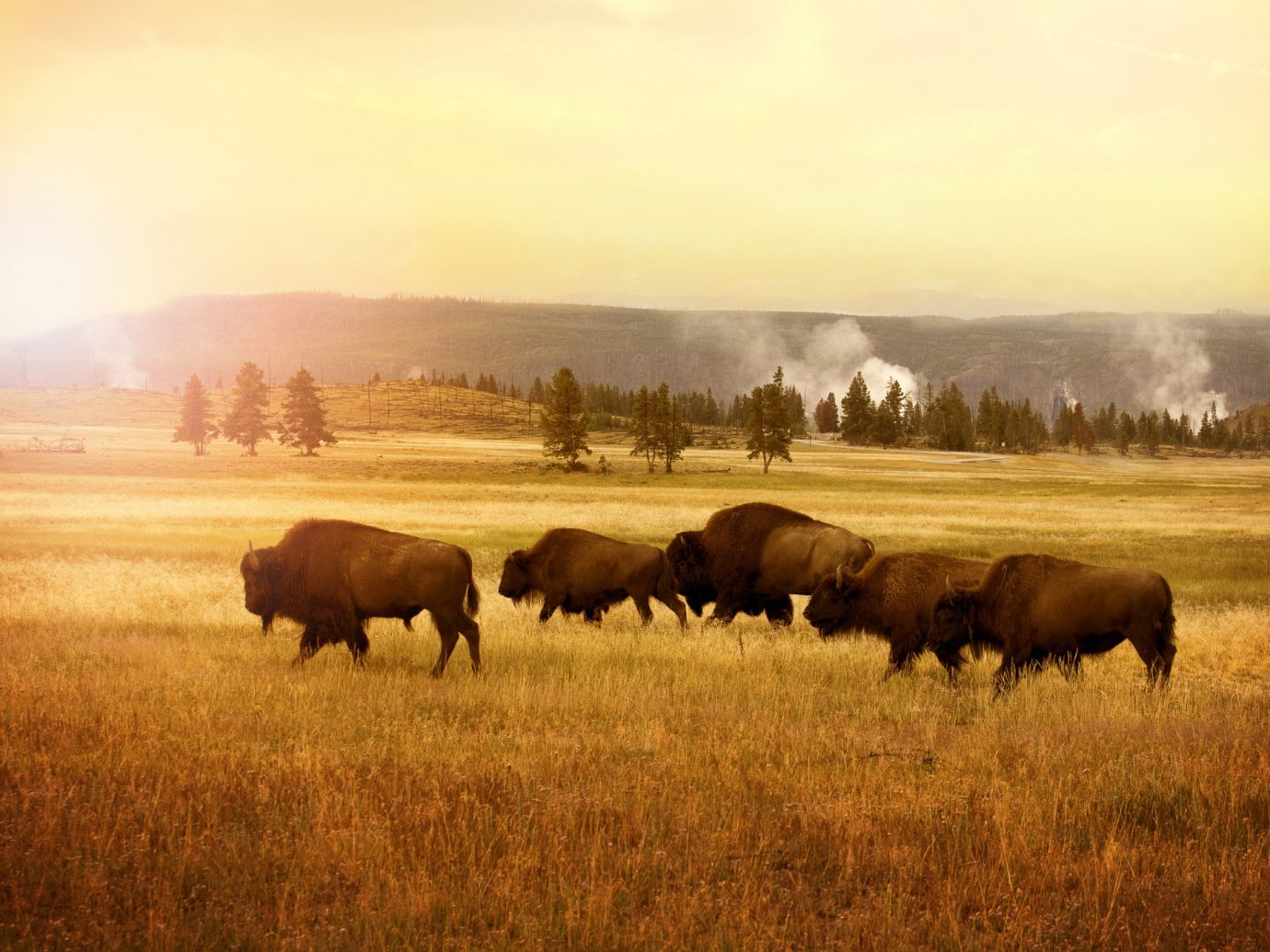
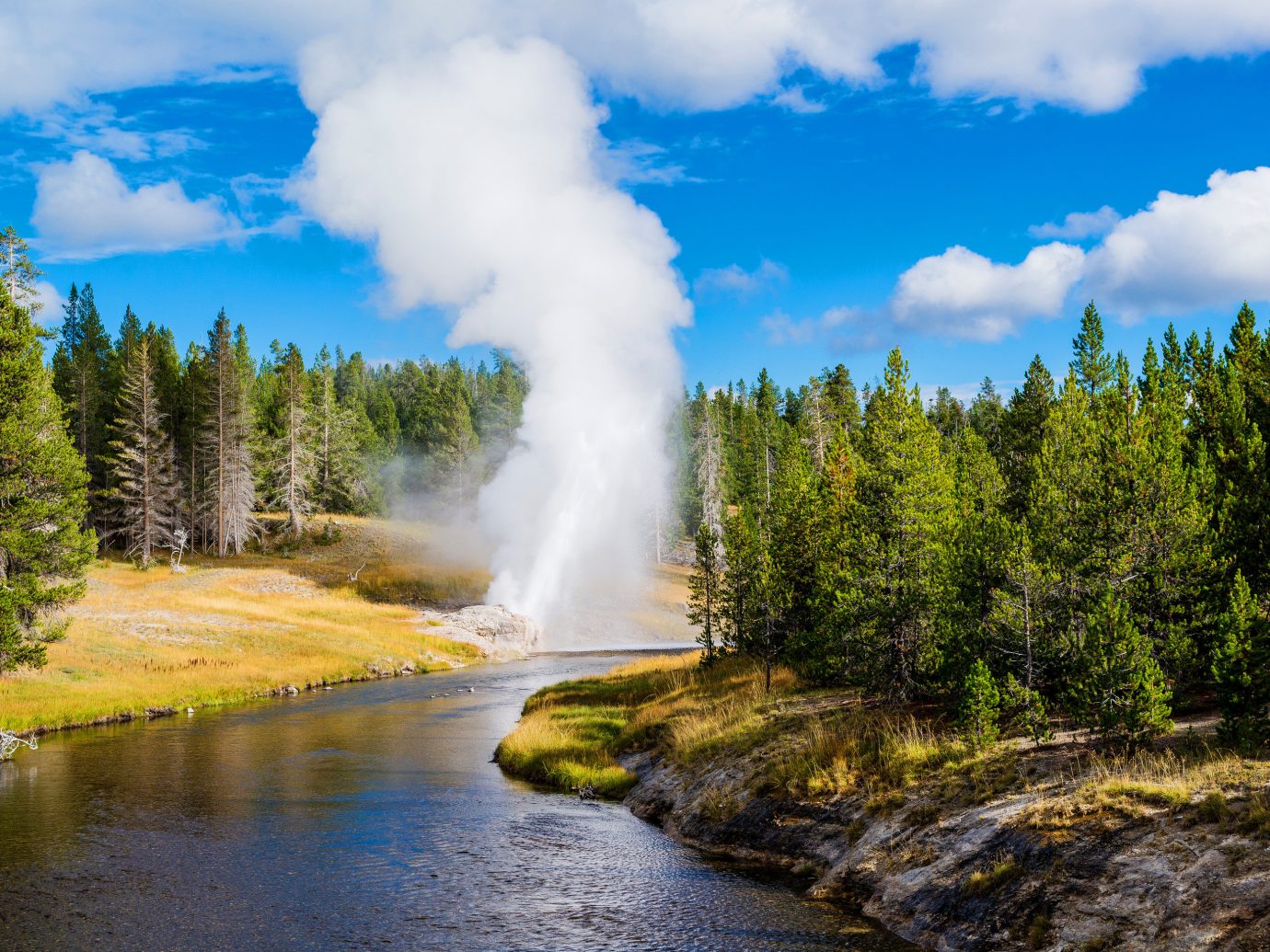
Yellowstone National Park
Ah, the mothership. Travelers from around the country—and around the world—come to Yellowstone (which spills into Wyoming, Montana, and parts of Idaho) to take in the place that birthed America’s national park legacy. Everyone knows Old Faithful, the most famous of the spewing geysers that erupt on the daily (in Faithful’s case, every hour and a half). Also of note: the mud pots and hot springs that take on incredible colors due to heat-seeking microbes that rise up from the ground, as well as the world’s largest herd of bison, designated America’s national mammal. Base yourself at the historic log-and-stone Old Faithful Inn, right next-door to its namesake, where the lack of TVs and internet mean you’ll have more time to spend in backcountry.
RELATED: 13 Best National Parks in the World
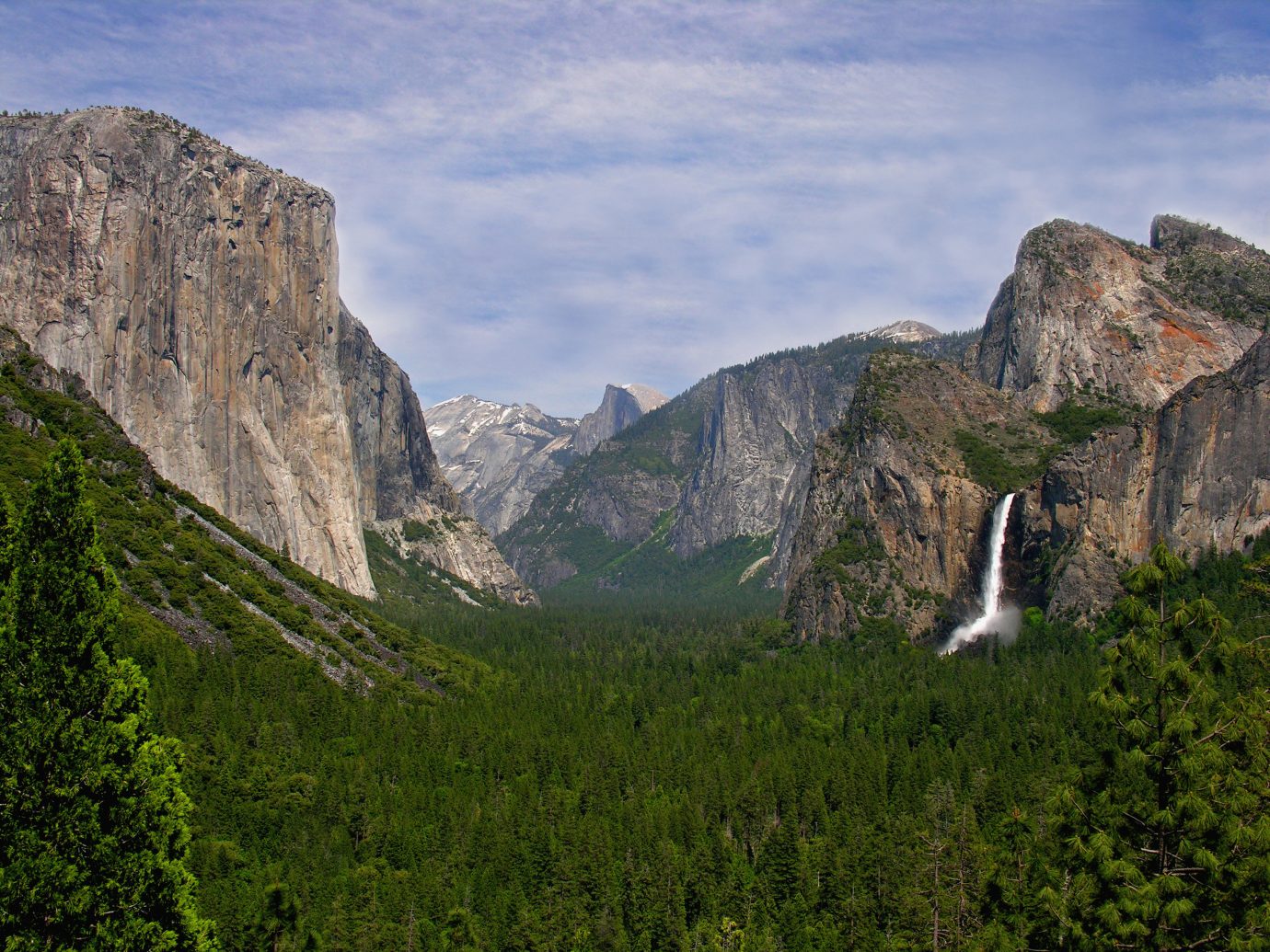
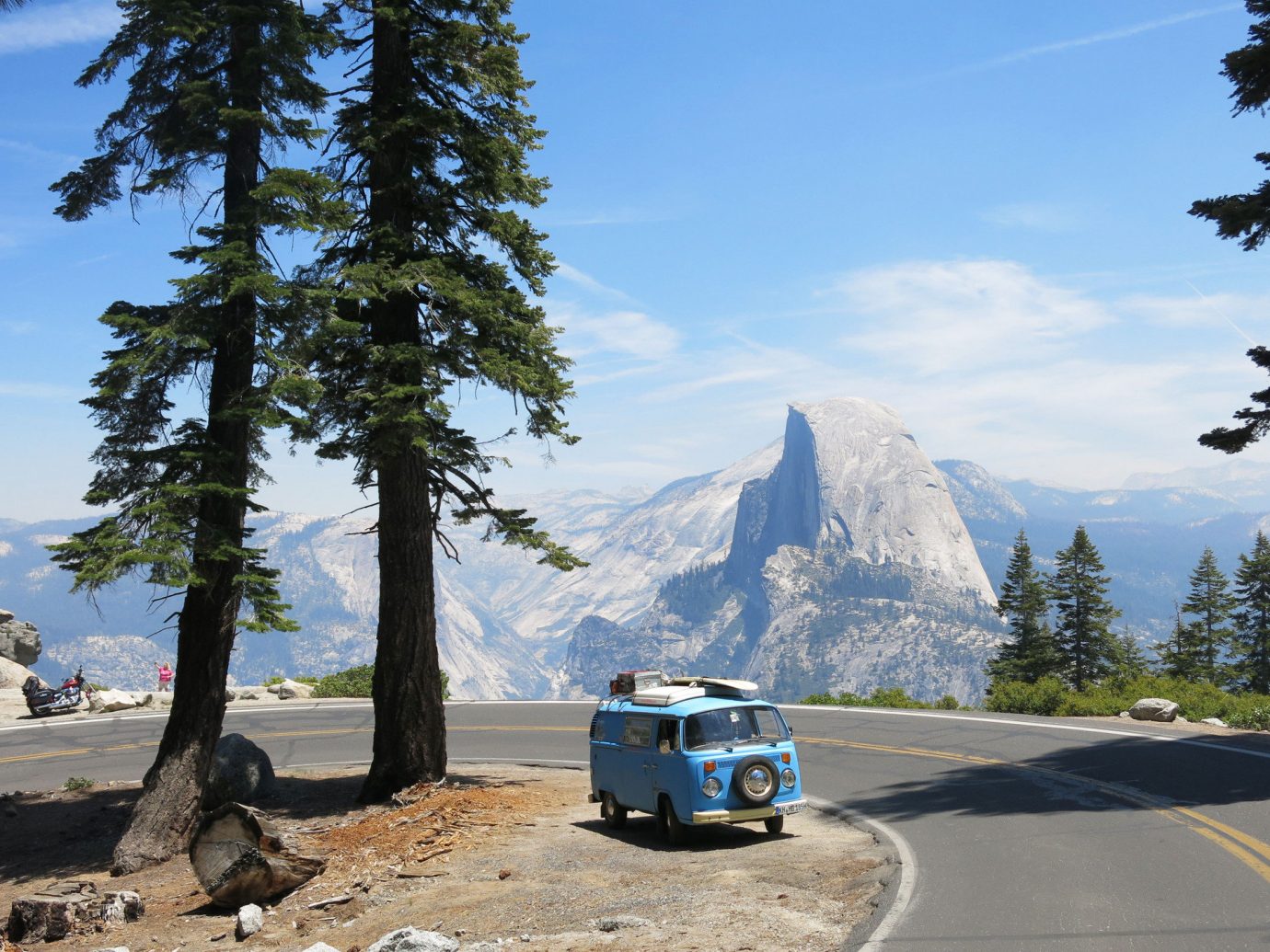
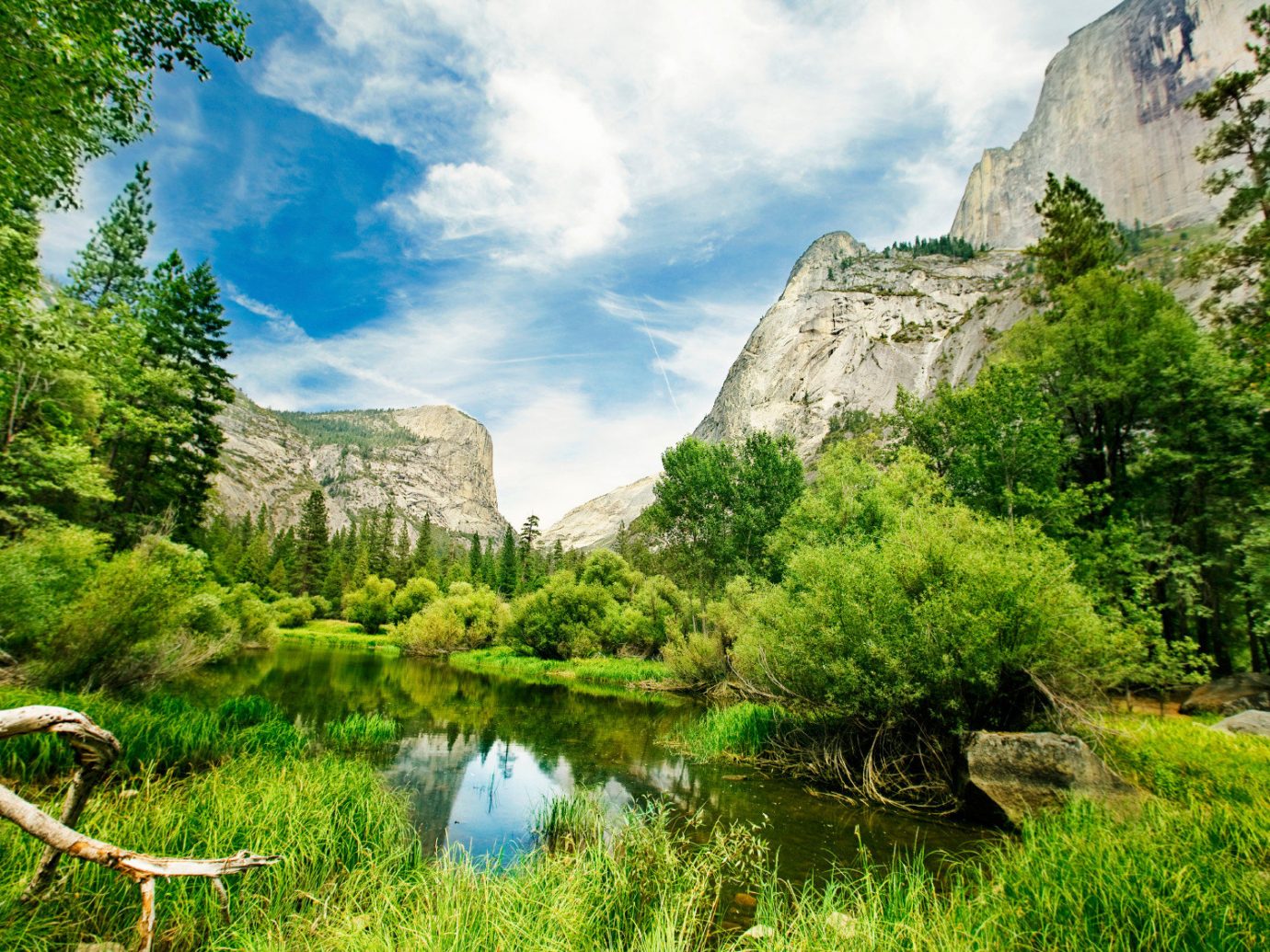
Yosemite National Park
President Lincoln signed this central Californian park into protection in 1864, and it is just as majestic as it was back then. The sweeping Sierra Nevada Mountains, riddled by waterfalls, forests, valleys, meadows, and wetlands, is a true hiker’s (and rock-climber’s) paradise. The looming granite Half Dome, Yosemite’s most famous formation, is best seen from Glacier Point—the park’s best viewpoint that’s accessible via roadway. Unable to fit it all in one afternoon? It’s worth staying longer to see it all at Rush Creek Lodge, which, when it opened in the summer of 2016, became the region’s first new resort in over 25 years.
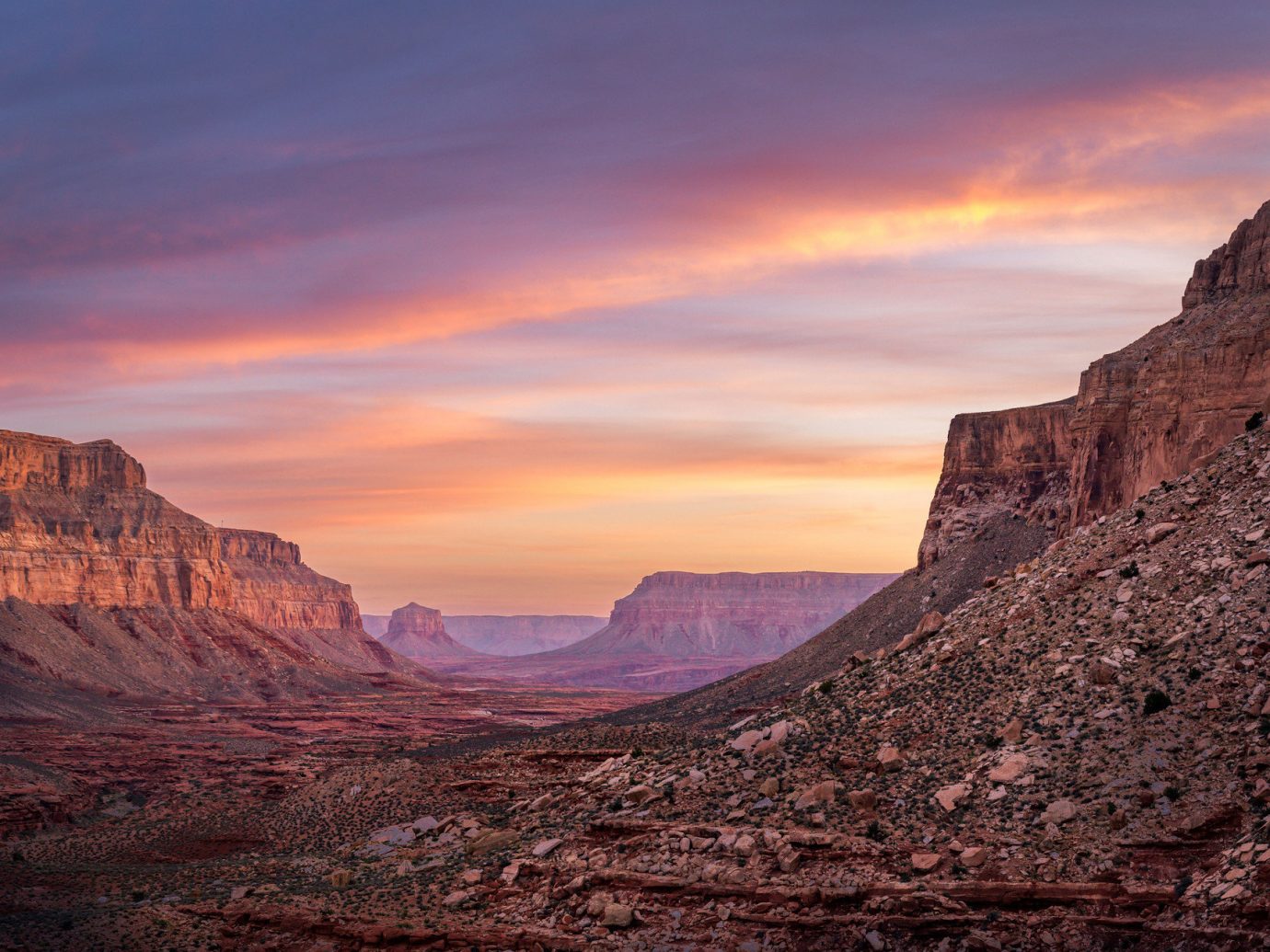
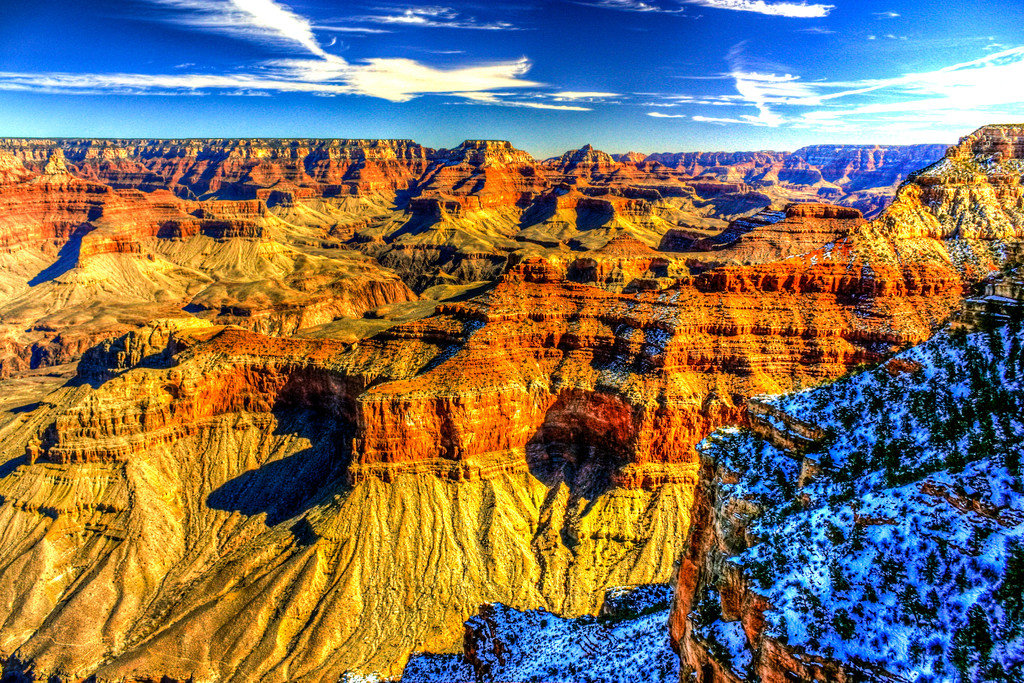
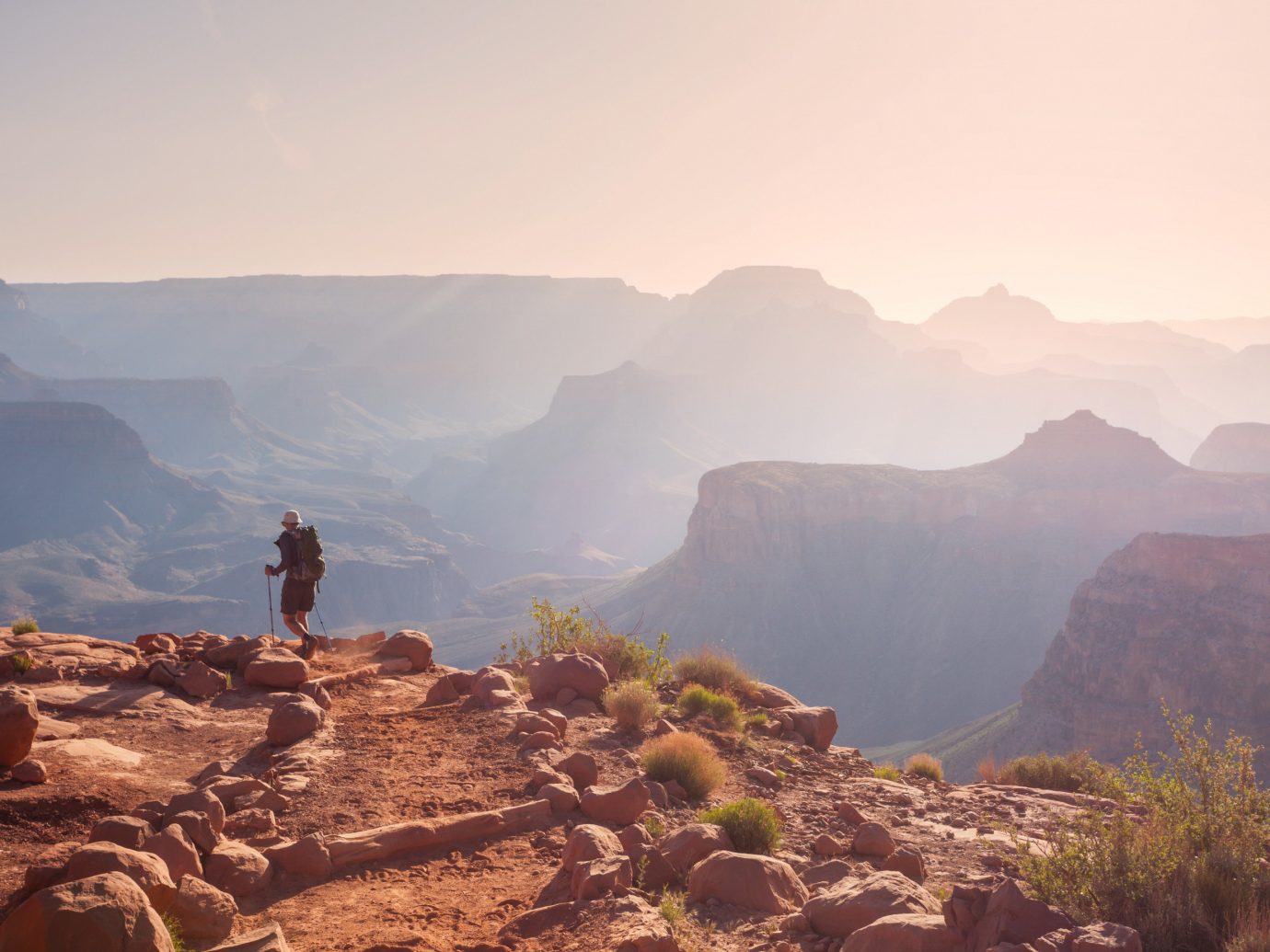
Grand Canyon National Park
It’s become an all-American dream—to stand oneself on the edge of the Grand Canyon and try to grasp the sheer magnitude of this 277-mile-long, mile-deep eroded river gorge—which explains why it was the second-most visited national park in America last year. All who went knew that pictures couldn’t do it justice. Amassing more than a million acres of northwestern Arizona, Grand Canyon National Park has come to be considered one of the world’s unofficial natural wonders. A favorite place to watch the sunset is from the front porch of El Tovar, a gem of a hotel built in 1905 right on the rim and still in operation today. Or, get back to nature at the luxury camp known as Under Canvas, built at the base of Bill Williams Mountain. This is far from roughing it—tents come with private bathrooms, king beds, and wood-burning stoves—so you can save getting dirty for hikes (or horseback rides) into the gorge.
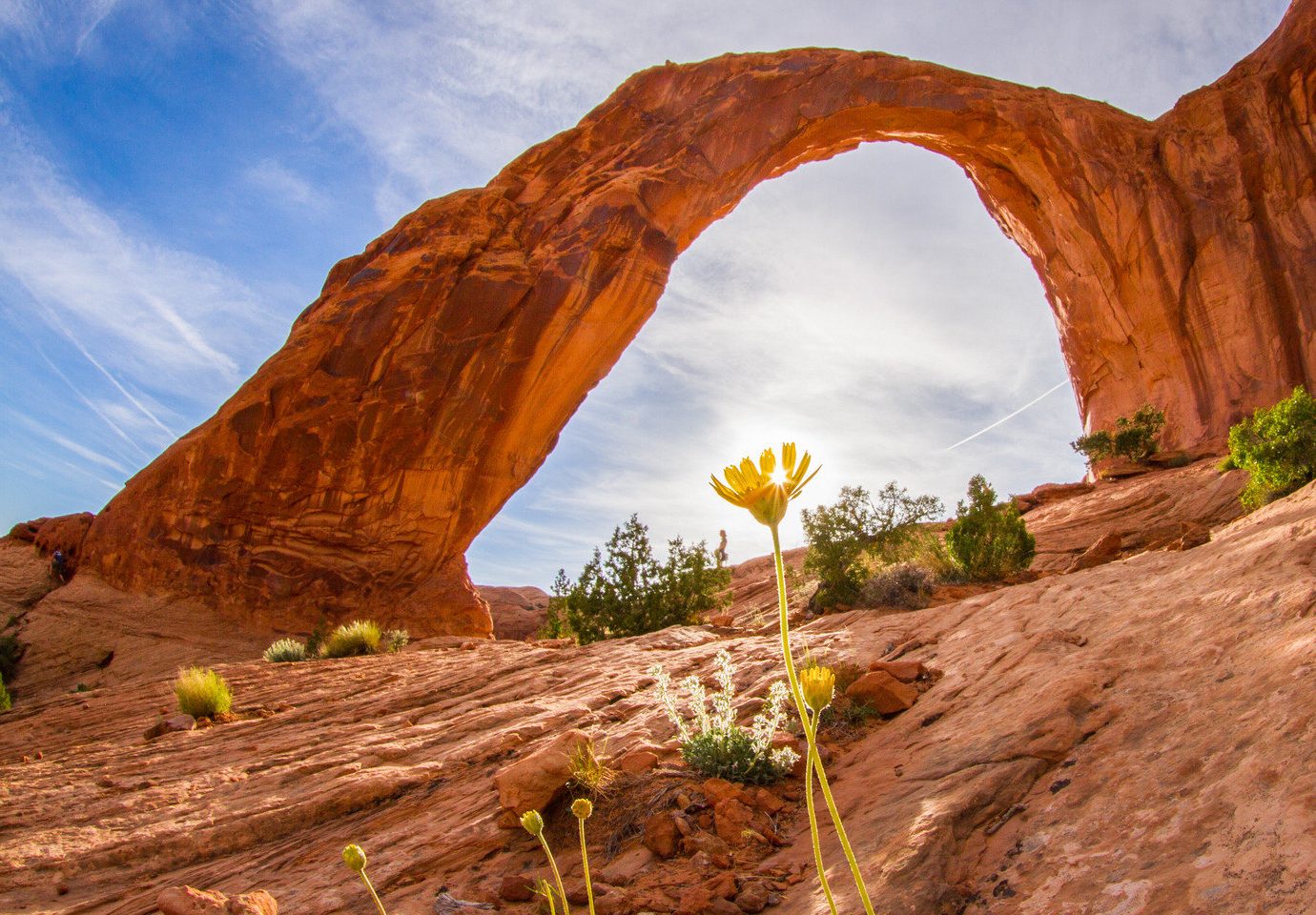
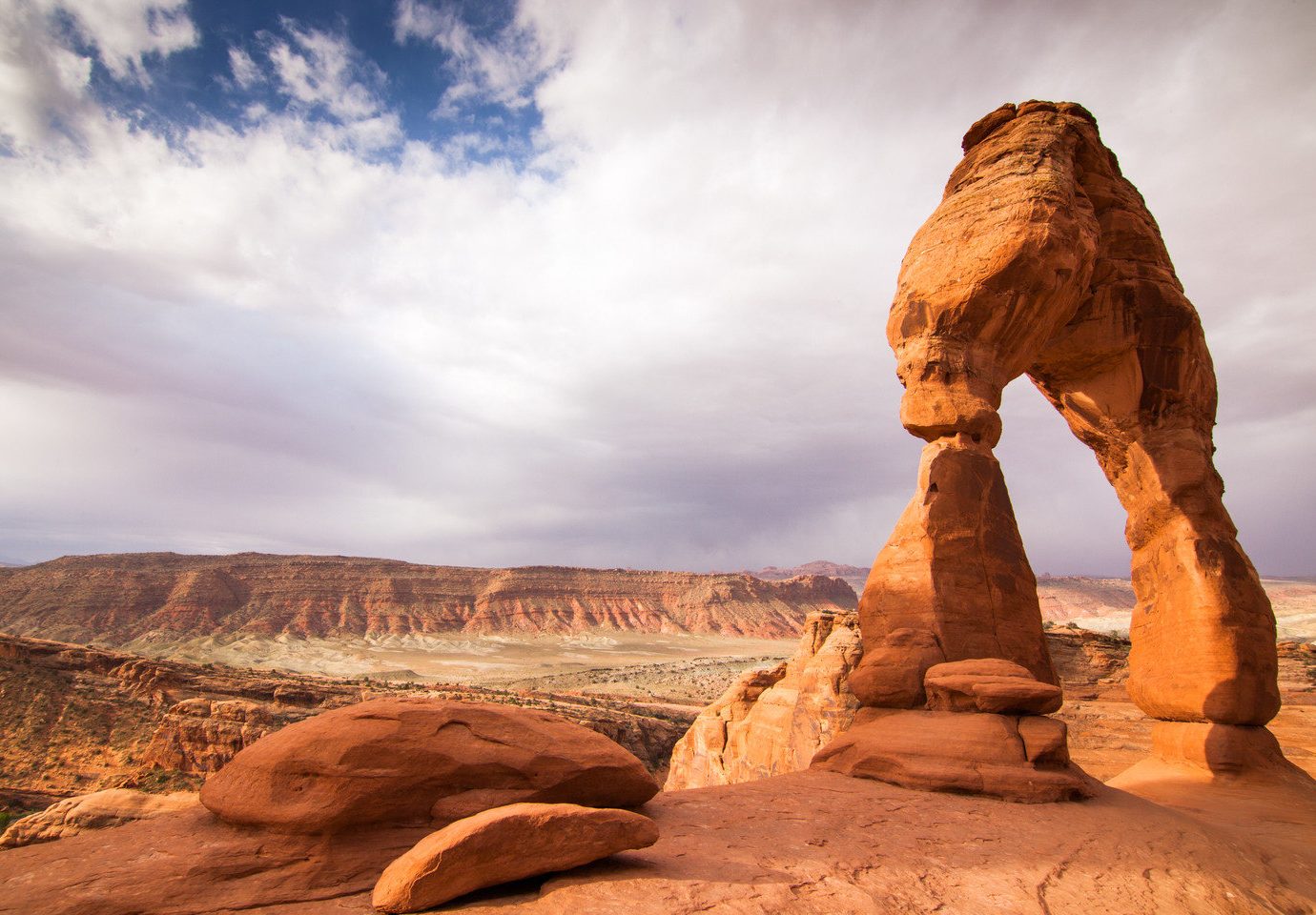
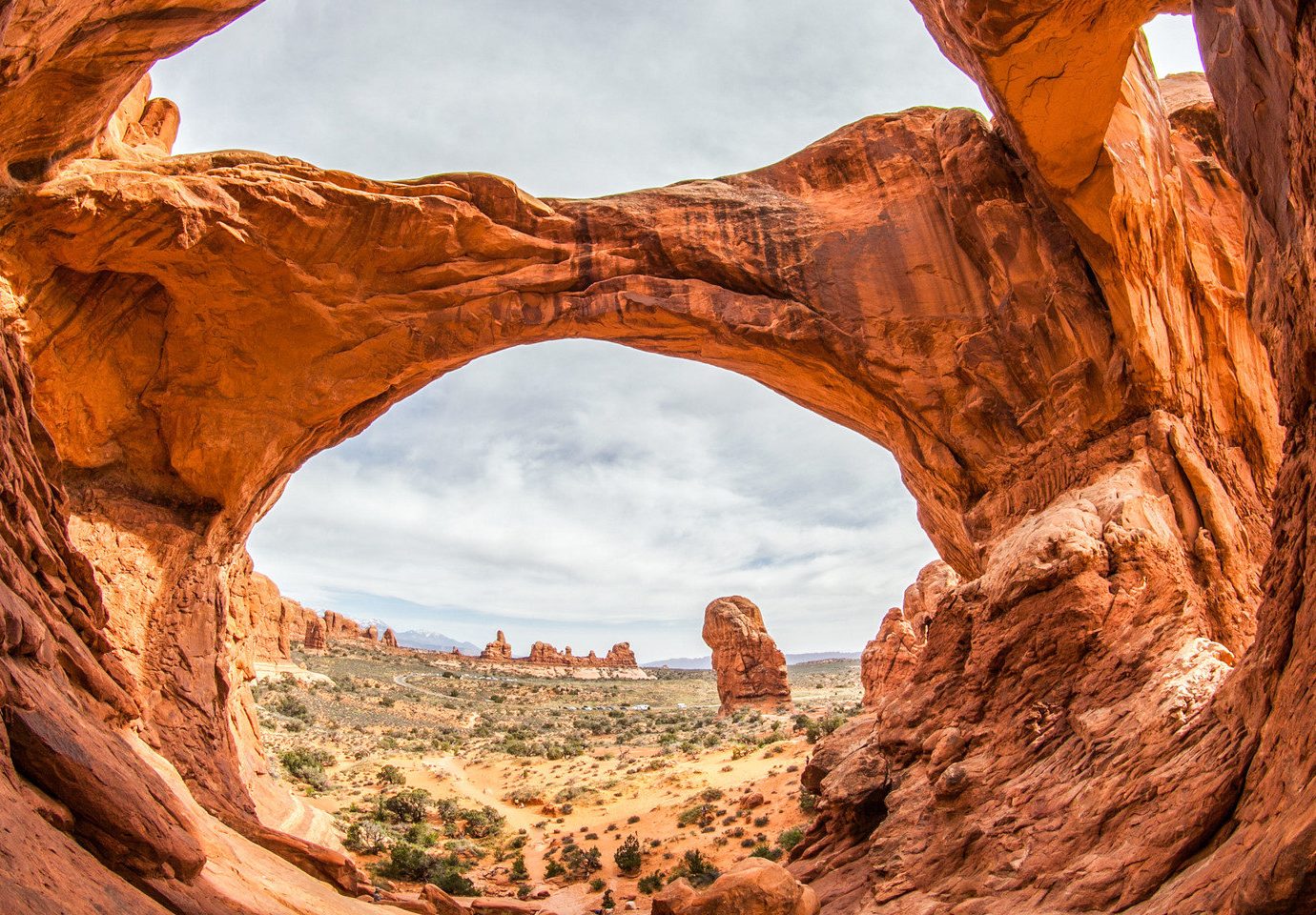
Arches National Park
More than 1.4 million visitors head to Utah’s Arches every year to lay eyes on one of the country’s most otherworldly—and visually arresting—natural phenomena: red sandstone formations shaped by water, wind, and time. A few of its most impressive include natural archways (hence the park’s name) like Delicate Arch and Landscape Arch along with enormous freestanding walls, known as “fins,” of Entrada sandstone. To be expected, visitors are known to crowd the park’s most famous landmarks but tend to arrive in fewer numbers during off peak hours (before 8 a.m. and after 3 p.m.). Enjoy the cooler temperatures as the sun begins to set, then make your way to Moab and Red Cliffs Lodge, right on the Colorado River, where cabins come with fireplaces and an on-site winery hosts free tastings.
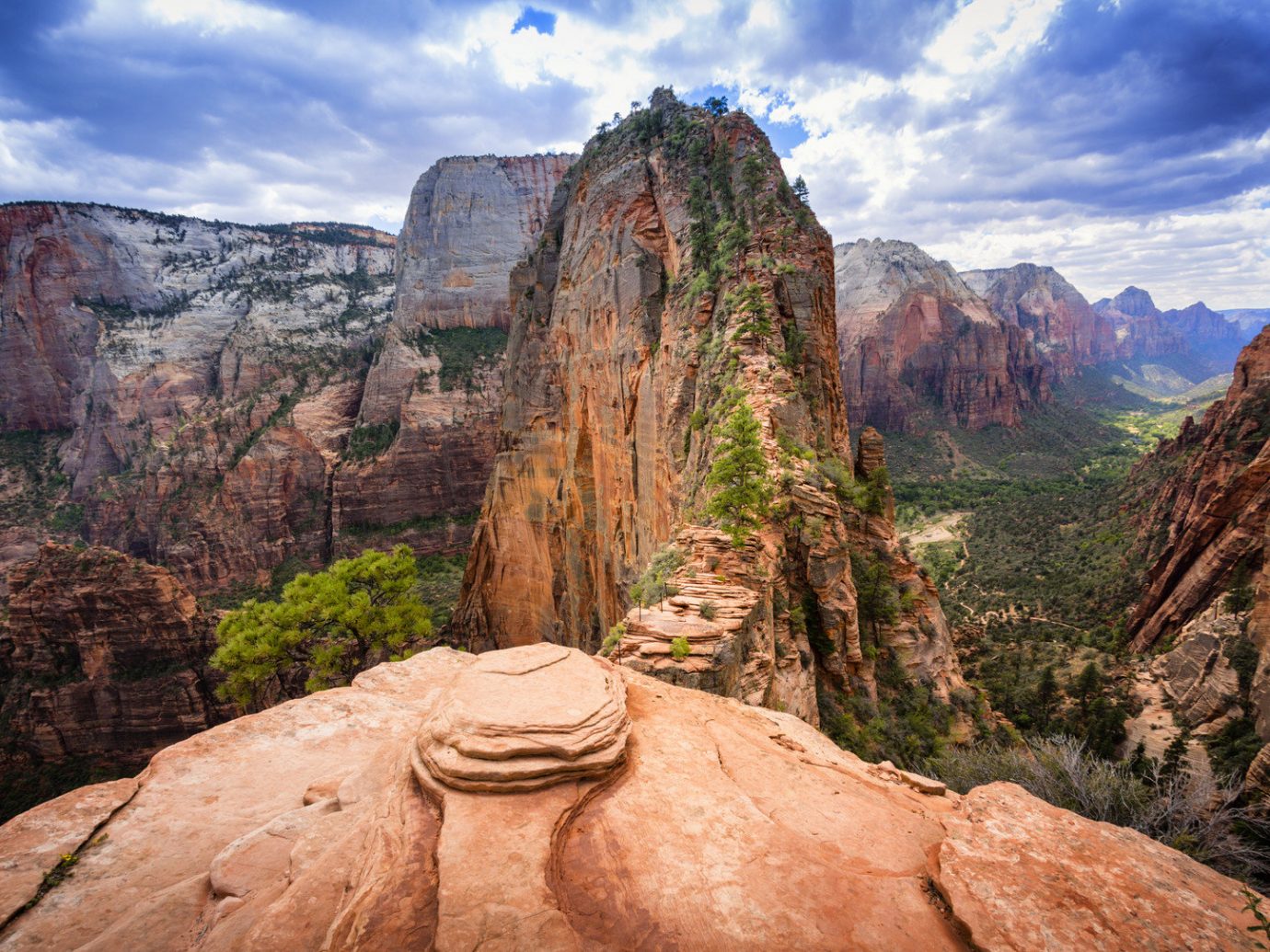
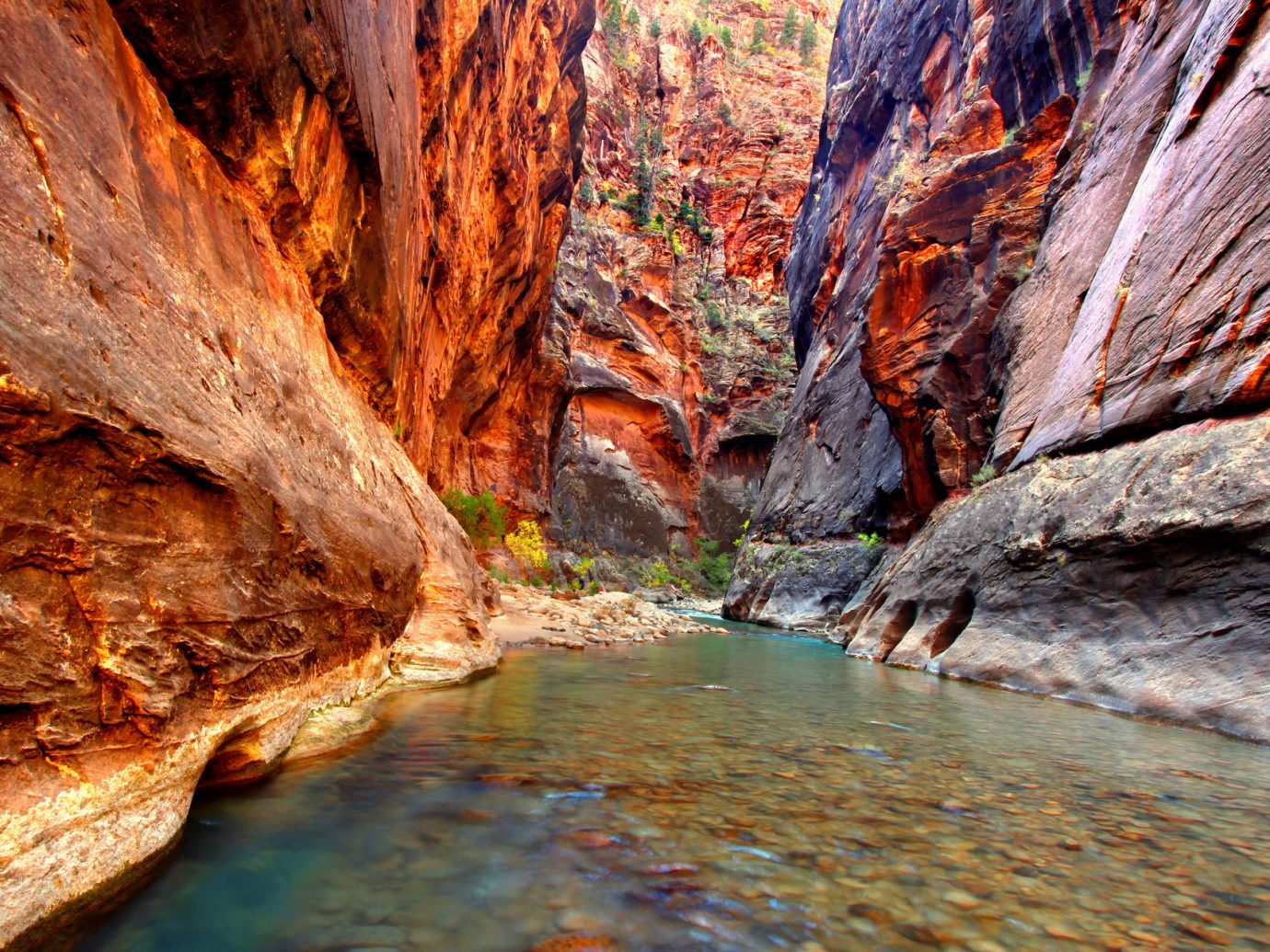
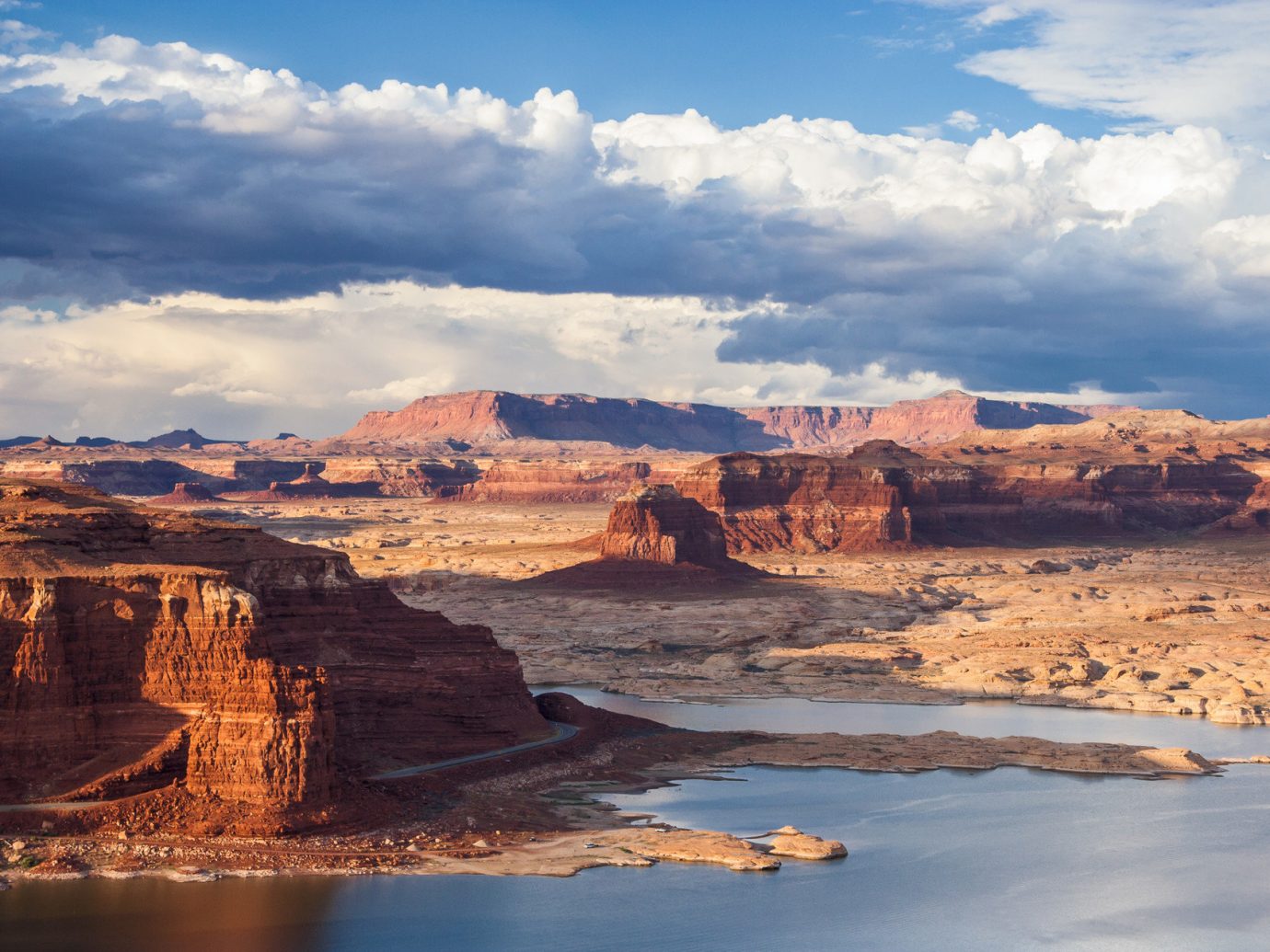
Zion National Park
The most popular of Utah’s five national parks, Zion has seen a steep rise in visitor rates (a 35 percent increase over the past 10 years). Photographers and Instagrammers scramble for their chance to capture that eye-popping rocky red and pink landscape, punctuated by steep plateaus and over a thousand species of desert plants. The hike to Angel’s Landing, a popular rock site 1,500 above the Virgin River, is difficult—perhaps a higher power’s plan to keep the crowds away—but those who conquer it are rewarded with views of the whole canyon. Take advantage of the quieter, early or late hours of the day, then crash at Zion Lodge, the only hotel inside the park, where guests sleep in Western-style cabins or spend their nights stargazing from the open lawn.
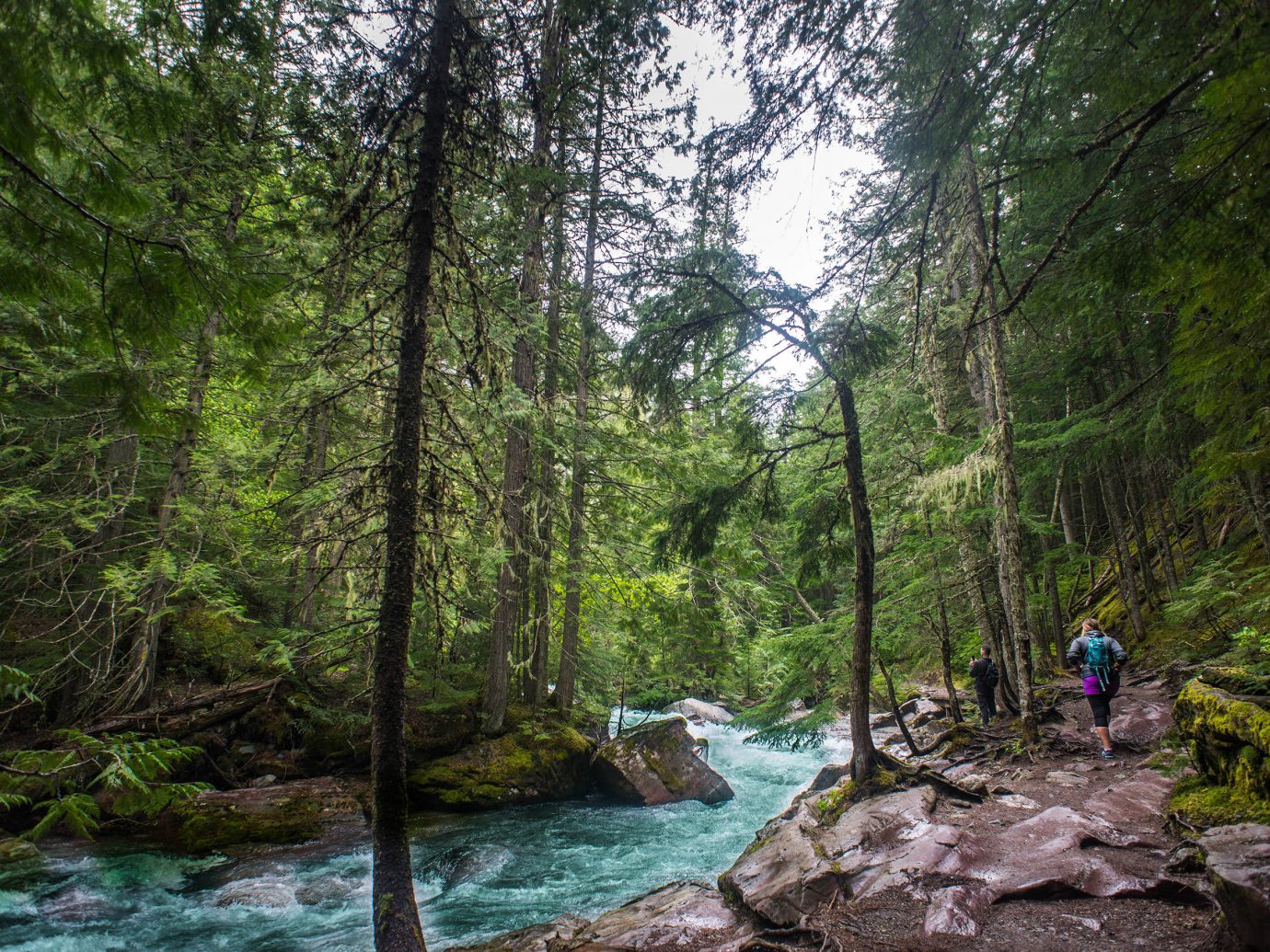
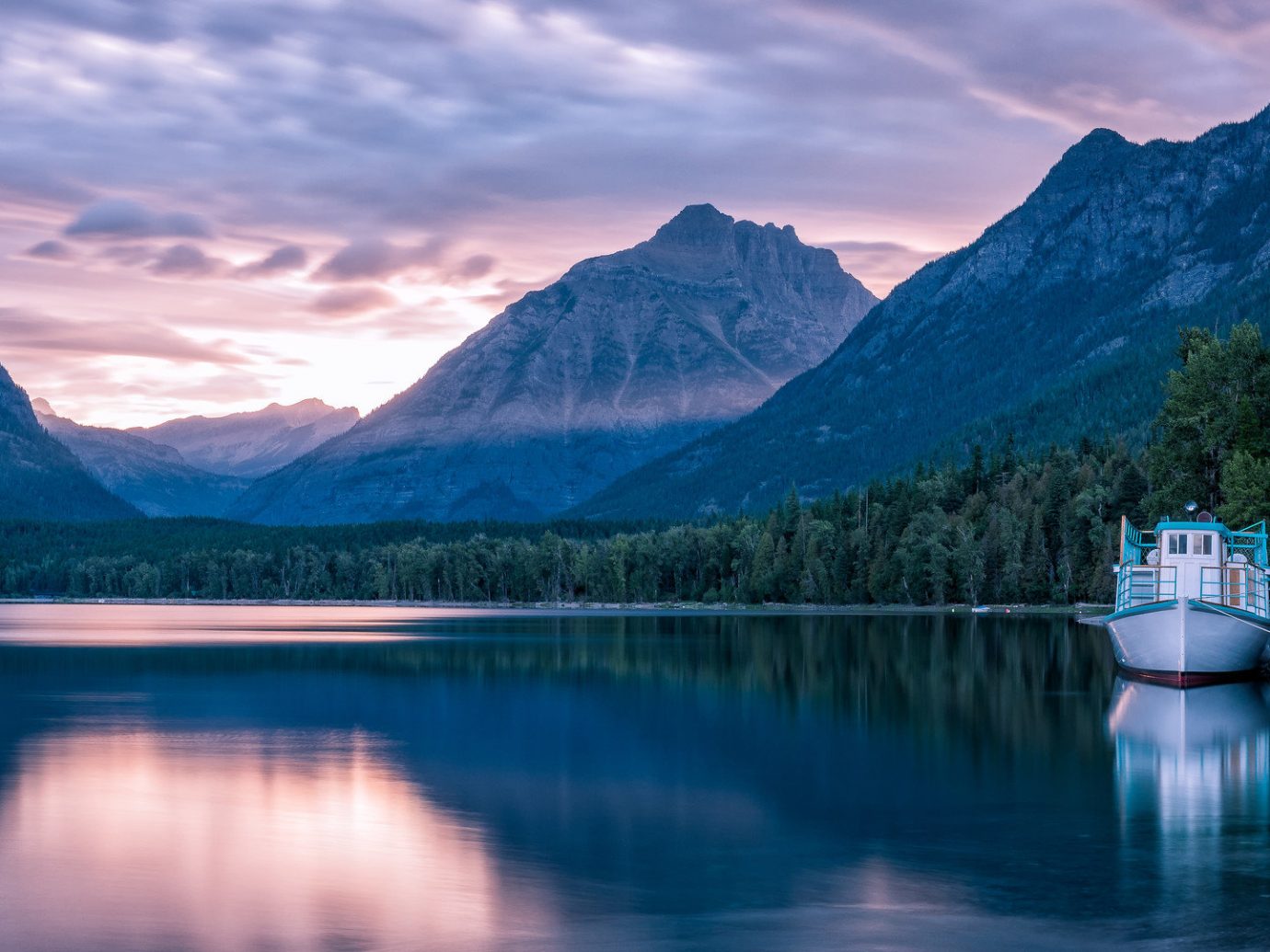
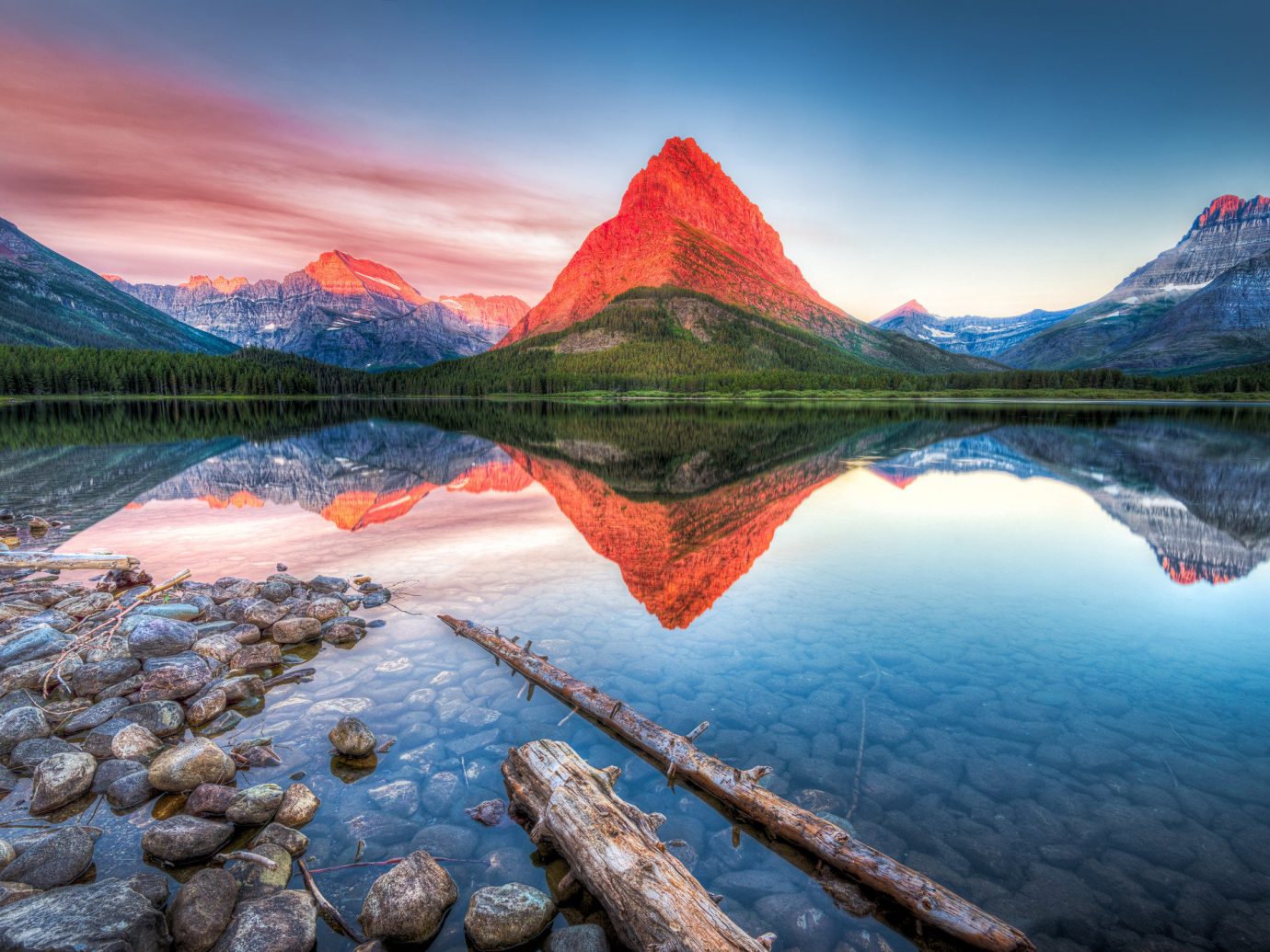
Glacier National Park
You guessed it: the alpine valleys and chilly lakes that comprise this wild and pristine national park in Montana were formed by passing glaciers millions of years ago. Some 50 glaciers were still in the area in 1850; now, there are as few as 25—which makes the need to see them all the more urgent. Your only way in or out is via the scenic 50-mile-long Going-to-the-Sun Road, which crosses the Continental Divide as it winds its way through Logan Pass and alongside Saint Mary Lake. Tom Hanks in Forrest Gump once described it this way: “It looked like there were two skies, one on top of the other.” Stays at the chalet-style Many Glacier Hotel include evening tours of the glaciers and lakeside balcony views.
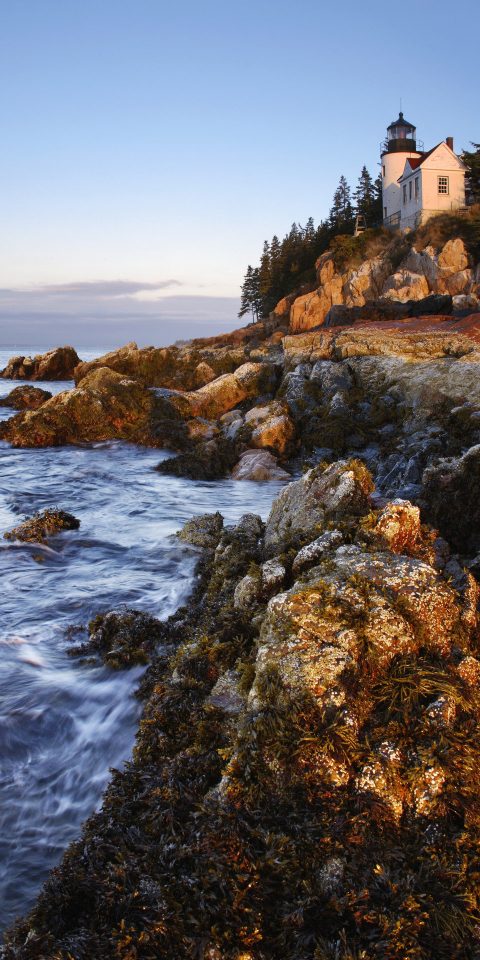
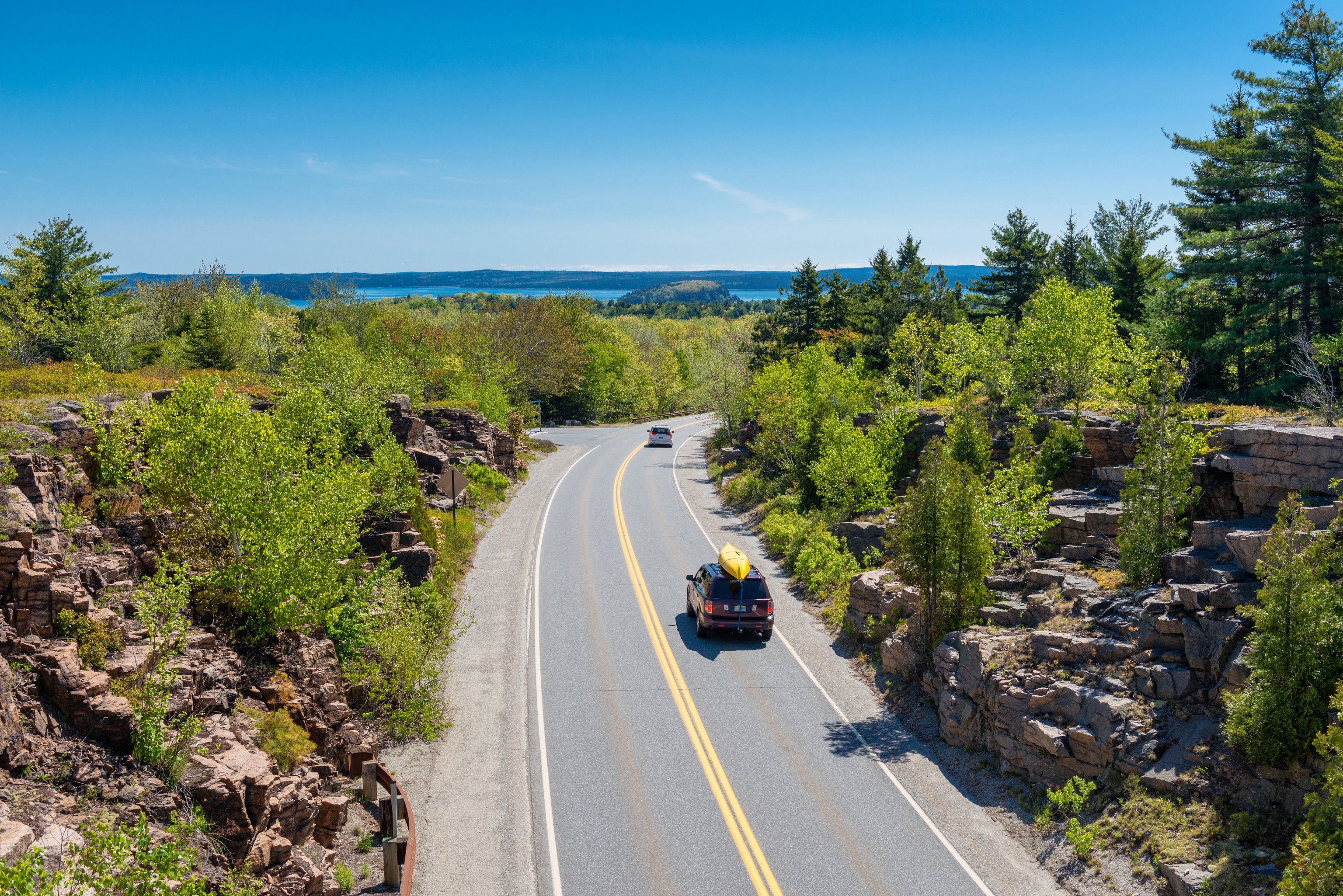
Acadia National Park
The first national park east of the Mississippi River is worth visiting alone so you can be among the first in the country to see the sunrise. The terrain here in Maine is much like what you’ll find along the Atlantic coastline—rocky shores, granite mountain peaks—and so are the wildlife, from white-tailed deer to bobcats to peregrine falcons. If you reach the summit of Cadillac Mountain, you’ll be standing on the highest point on the North Atlantic seaboard. After your hike, wind down the day with a stroll past the old homes and quaint shops of nearby Bar Harbor, a historic New England seaside town and big-time summer destination for America’s elite.
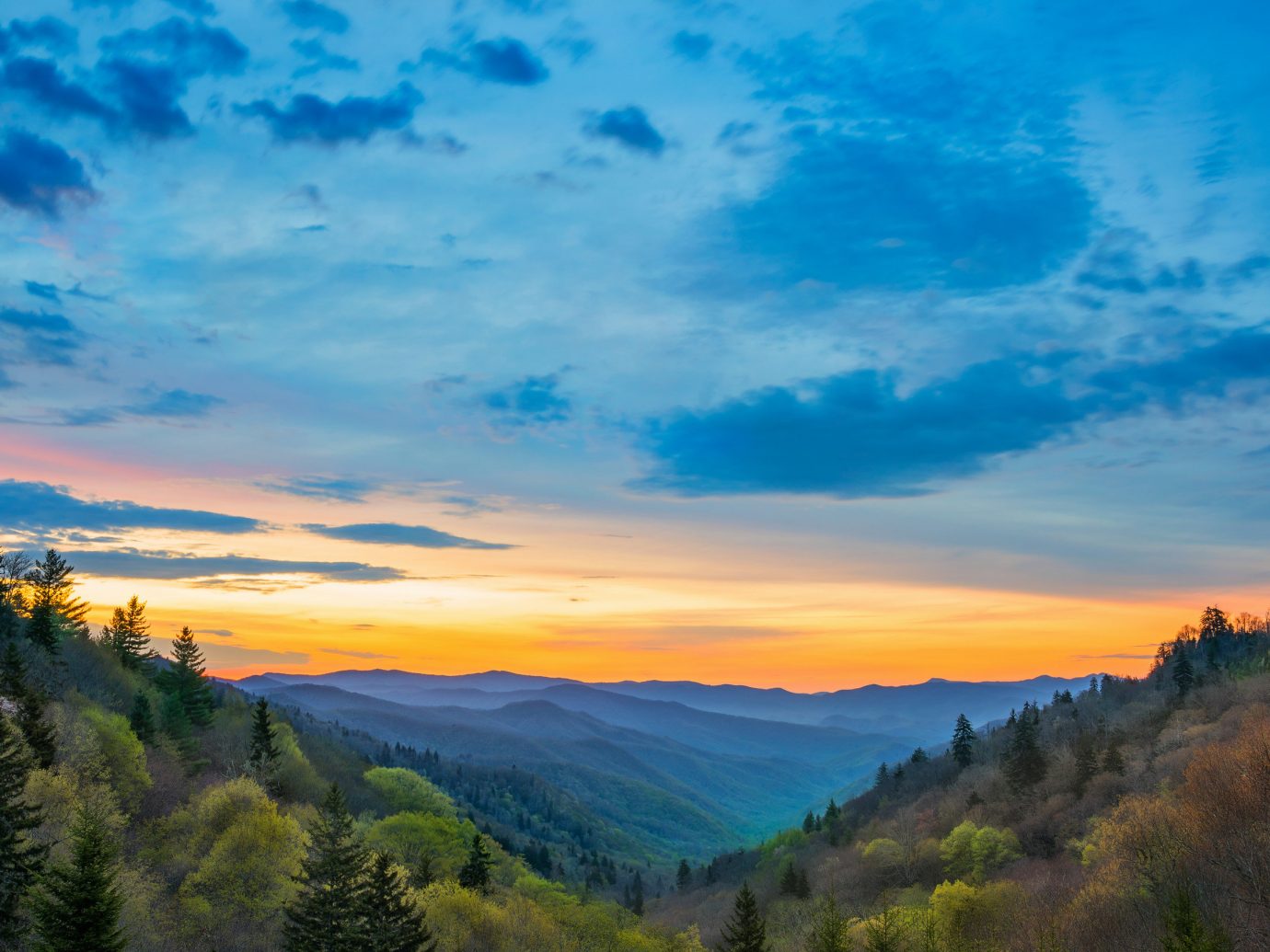
Great Smoky Mountains National Park
Great Smoky Mountains National Park is the most-visited national park in the U.S., drawing in more than 11 million tourists in 2018. However, its miles (upon miles) of trails ensure you’re never too close to fellow travelers. The park, which straddles the North Carolina and Tennessee border, offers a diverse range of sights, from roaring waterfalls and wildflowers (which bloom year-round) to a healthy population of black bears and impressive rivers and waterfalls that carve through its spruce-fir forests. Viewpoints over the misty mountain range are favorite stopping points at sunset. For a deeper dive into the region, stay at Blackberry Farm, a sprawling culinary estate famous for its heirloom garden and James Beard Award-winning restaurant that sits just outside the park boundaries in Walland, Tennessee.
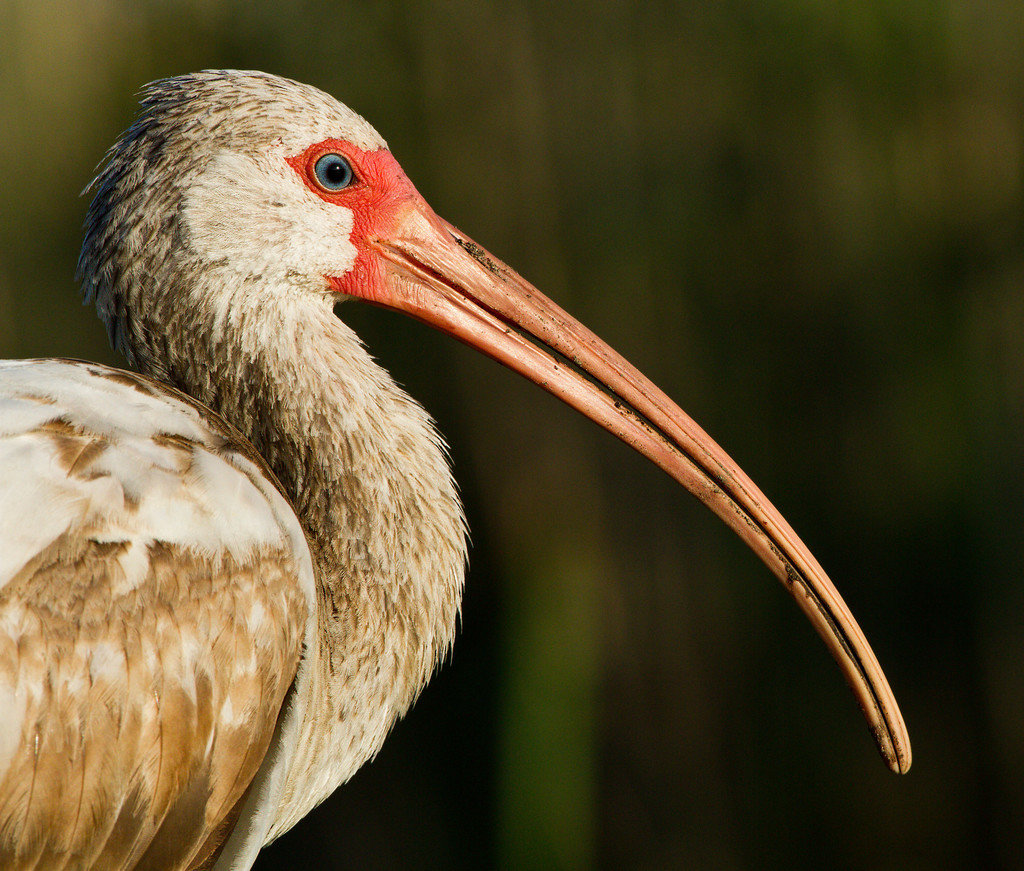
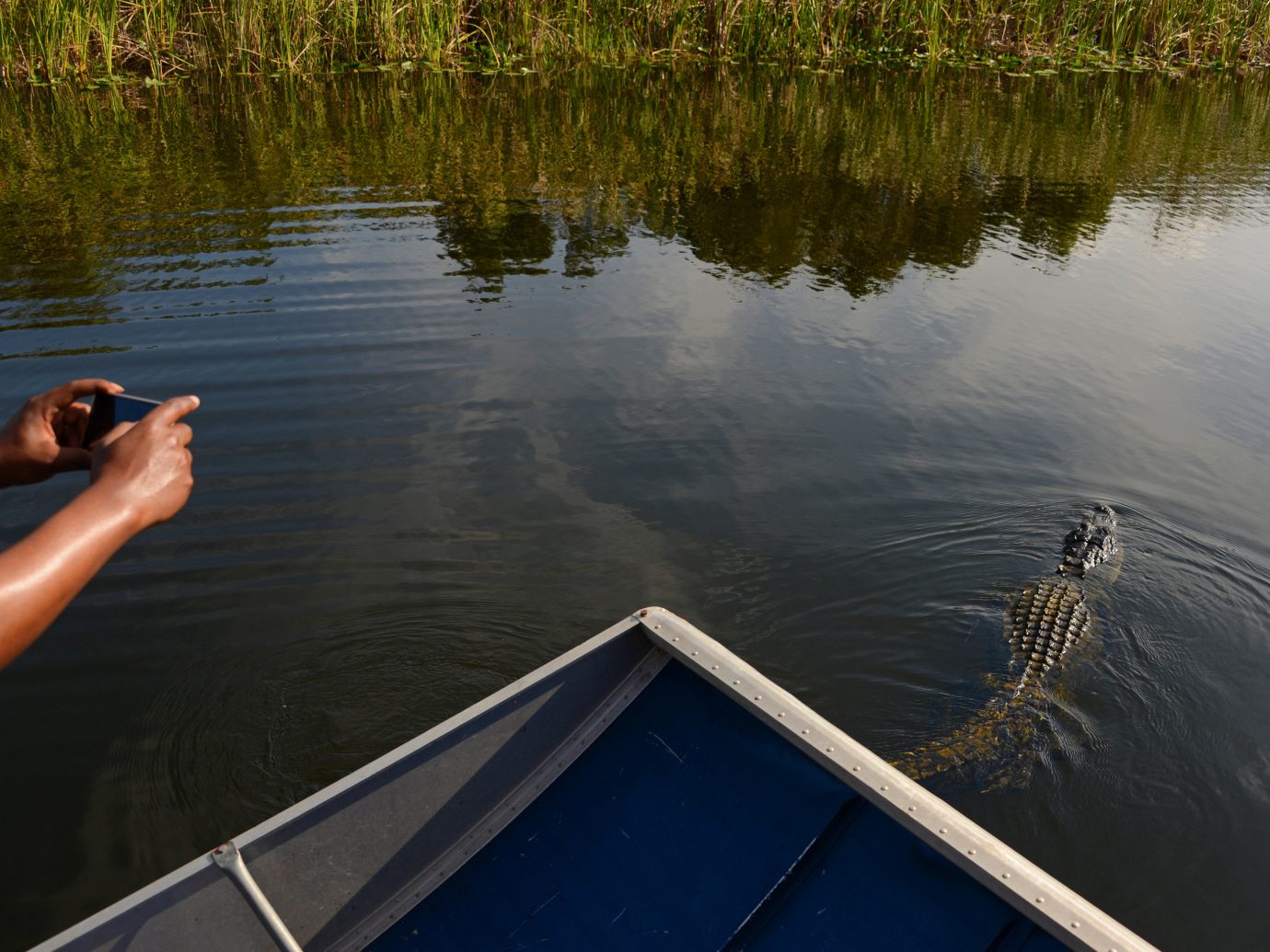
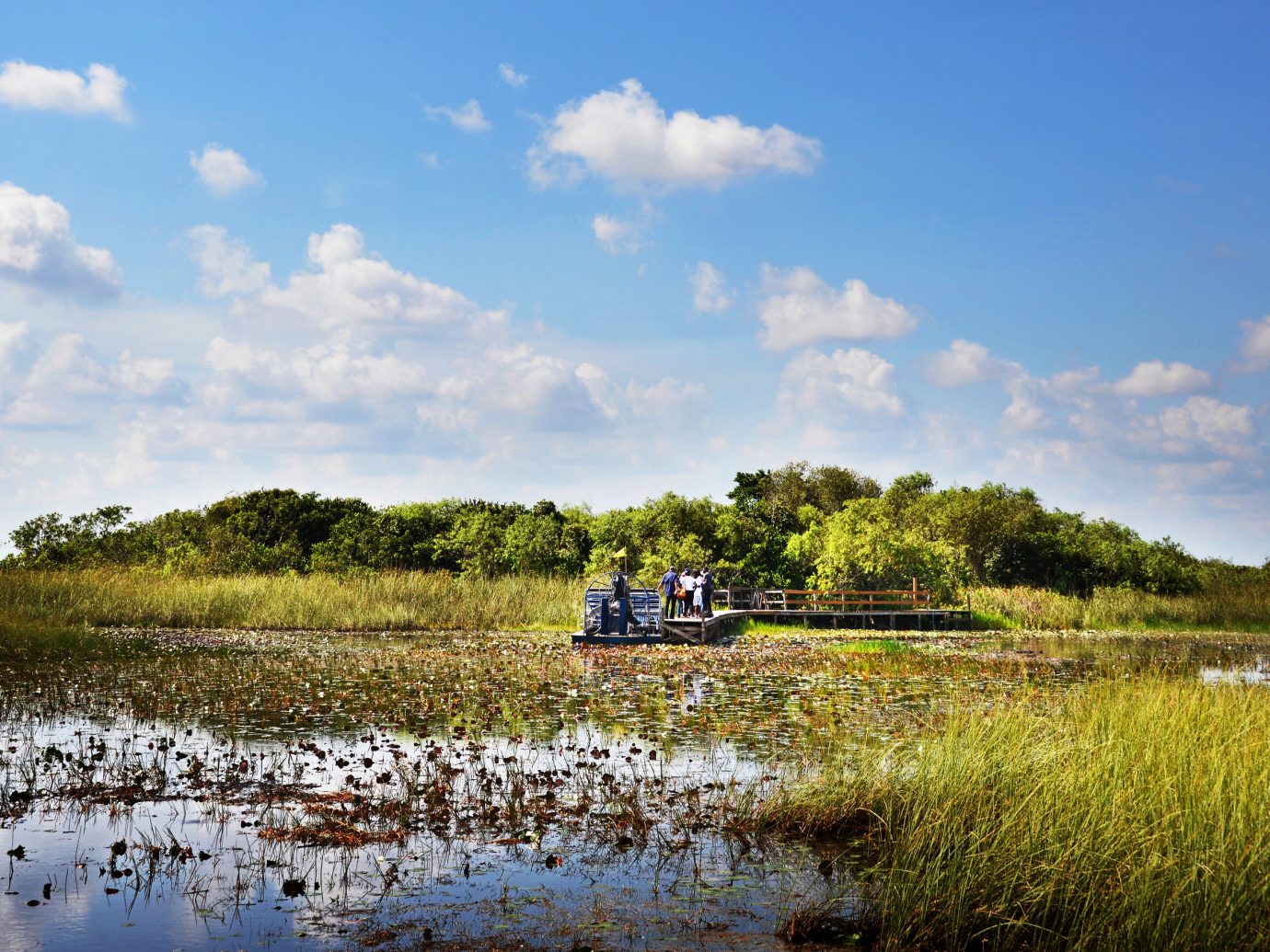
Everglades National Park
The largest tropical wilderness in the U.S. is also one of its most vulnerable ecosystems, home to over a dozen endangered species including manatees, American crocodiles, and the elusive Florida panther. Crowds congest the trails and promenades in high season (January through April), where many vie for space to see roosting herons, wading flamingoes, and anhinga hatchlings in their nests. The better way to traverse these Floridian wetlands is by canoe or kayak, which can freely (and quietly) wind through mangroves and freshwater marsh at a luxuriously slow pace.
Our Favorite National Park-Inspired Buys
Want more?
- 7 New UNESCO World Heritage Sites to Add Your List
- The 9 Most Underrated National Parks in America
- The Best Spring Fashion Sales We’re Shopping Now
Comments
All products are independently selected by our writers and editors. If you buy something through our links, Jetsetter may earn an affiliate commission.
Become a Jetsetter.
Use our insider connections to know where to go and what to do.
By proceeding, you agree to our Privacy Policy and Terms of Use.
Thanks for Signing Up!


